|
Kapow. Kapow. The sound of gunshots jolted me from my work. With Bob still snoozing, I knew the TV wasn’t on. Darting from window to window, I peered out in search of the source of the noise but saw nothing conclusive. When you live in an RV and are parked in unfamiliar territory, gunfire can be quite sobering. We were camped completely on our own close to a lake about a third of a mile from the main highway near Tok, Alaska. Noise travels fast in the vastness of Alaska. Just because I had heard what sounded like nearby gunshots didn’t mean the shooter was close by. Research confirmed bull moose hunting season open in the Tok area. I hope the hunter got his or her moose. We didn’t hear any more gunshots after that. The incident was only one of many unusual happenings we encountered during our fourth year of RV travel. Here are some others: Wacky Waterfill Station We like to take advantage of boondocking and moochdocking opportunities whenever possible. Oftentimes, doing so means being strategic about filling our 75-gallon freshwater tank. We’re able to make the water last for a while, but there always comes a time when we need to refill our supply. Many dump stations offer potable water that can be used for this purpose. After leaving our campsite in Valdez, Alaska, we headed into town to empty our black and gray wastewater tanks. We opted not to get freshwater there because we had to climb through a mountain pass on our way back to the main highway and didn’t want to tow the extra weight. Beyond the pass en route to my cousin’s remote cabin and boondocking thereafter, we needed to fill our freshwater tank. We learned about a place near Glennallen where the locals got drinking water after a flood contaminated their regular source. It turned out to be quite an unusual fillup. The first “spigot” we came to was an open pipe with no hose fitting nor the capacity to attach a hose. Using that “faucet” required turning a wheel nine times to get the water to come out. Since we couldn’t figure out a way to connect a hose between that fixture and our trailer, we walked to the other side of the booth building to check for another option. Sure enough, we found a normal-size hose — but again with no capacity to attach another hose to it. Getting water into our rig requires a screw-tight connection. Bob remembered he had picked up a Water Bandit hose fitting (paid link) for just such an occasion. After locating it, he fitted the adapter to the hose. We deposited four quarters for 3 minutes of filling, and Bob moved the valve to make the water flow while attempting to hold the hoses together. Cold water spurted everywhere, dousing the bottom of my jeans. Good thing I was wearing boots. Bob backed off the water pressure, adjusted his grip, and succeeded at keeping the hoses connected. Three minutes of water filled our tank about 10%. We had started with about that much, so that brought us to 20%. We inserted another four quarters for 3 additional minutes with the same results. Clearly, we would need to do this about seven more times. The water running through the hoses left Bob’s hands frigid, to the point that he didn’t think he’d be able to endure the process for much longer. I grabbed a mechanic’s glove from our trailer basement and a leather work glove from the truck. (Neither had a match.) Donning those, Bob changed his position on the hoses to use different muscles. My job was to deposit quarters and keep mosquitos off of Bob. We continued the painstaking cycle until our tank was completely full — about 30 minutes and $10 later. By then, we had gained a greater appreciation for traditional water fills with a regular hose bibb, something we had previously taken for granted. Plentiful Pasta Making Not all unusual experiences are, or have to be, challenging. While visiting family in Oregon, we had a rare opportunity to make pasta from scratch, something we couldn’t pass up, as neither of us had ever done it before. With all five of our kids in town for a family reunion, we needed a lot of pasta, so Bob’s brother Rick put us to work. We felt like we were on a TV cooking channel, breaking eggs into a well of flour on a countertop and mixing it with a fork. After getting the dough to the desired consistency, we shifted to putting it through a pasta maker to press it thin enough to cut into spaghetti noodles. This involved many rounds of feeding the dough through the machine and adding flour in between, a backbreaking process. We made more than enough spaghetti for everyone to eat their fill and combined it with marinara sauce Bob had made earlier following Alton Brown’s recipe. Since then, we picked up an all-in-one pasta maker that mixes ingredients into dough and pushes out pasta as spaghetti or penne noodles. Making pasta is no longer novel, or backbreaking.
In addition to those incidents, we had plenty of other unusual encounters in our fourth year on the road, including getting snowed on, visiting an ice house, seeing the midnight sun, dealing with rodents, camping in fall foliage, and tracking dinosaurs. They’re all part of our amazing, adventurous RV life. You might also like Our Most Unusual Experiences in Year 3 on the Road. * As Amazon Associates, we earn from qualifying purchases.
3 Comments
Each year of full-time RV living leaves us feeling more comfortable and experienced in our lifestyle. Despite that, we continue to encounter challenges and even scares along the way. Our fourth year of RV travel was no different. Here’s a countdown of our scariest experiences in our fourth year on the road: 6. Police Visit While camped in the parking lot of the Museum of Mountain Flying in Missoula, Montana, with permission, a loud rap at our door made us stand at attention. Glancing out the window, we saw a white truck marked POLICE and an armed, uniformed officer standing at the base of our stairs. Bob went out to greet the man. They chatted for a bit as Bob explained our connection to the museum, which we had visited a couple of years earlier while on tour with the Commemorative Air Force. Satisfied with the discussion, the officer wished us well, climbed into his truck, and drove away. 5. Honked at While Camping We had just gotten set up at a beautiful dispersed campground in McCammon, Idaho, with a panoramic view of red maple leaves. We saw no other soul at our three-site campground, 50 feet or so from the main camping area. Before long, a vehicle came to a stop next to our rig and emitted the annoying beep of a horn. I looked out the window and saw a car with a driver accompanied by a dog in the passenger seat. We had no clue who the person was and no inclination to exit our trailer to find out. We figured if they really wanted to talk to us, they could knock on our door. Meanwhile, Bob looked up info about the campground and learned it had 10 RV sites and five tent sites. Were we in a tent site? The car had no signs of being an official vehicle and eventually moved on. A short time later, a truck marked RANGER drove through and didn’t bother stopping, leaving us relieved. We later discovered after a walk through the campground that we were definitely in one of the RV sites, as we found the five clearly identifiable tent sites. Maybe the driver thought we were someone else. 4. Parking Lot Knock On our way to Dawson Creek, British Columbia, to reach the start of the Alaska Highway, we overnighted in a Calgary, Alberta, mall. We had found the option online. Staying at the mall only required signing in at guest services inside the complex, where we received a dated paper to put on our truck dash. After a delicious meal at one of the mall’s many restaurants, we returned to our trailer and settled in for the night. At about 9:30 p.m., we heard three pounds of a fist on the side of our trailer. I thought someone had knocked on our front door, but that was not the case. Some kids walking by decided to try to scare us. It worked on me. 3. 4 a.m. Truck Alarm On our return trip to the Lower 48 after a wonderful summer in Alaska, we stopped at a rest area in the middle of nowhere about an hour north of Watson Lake, Yukon, in Canada. We had stayed at the same place on the way to Alaska and liked it there. After an unsuccessful attempt to spot the northern lights for the second time, we dozed off to sleep. At 4 a.m., the beeping of a car alarm woke us from our slumber. It turned out to be Gulliver’s alarm, something that had never happened before. We quieted the disturbing noise and went outside to investigate, finding no signs of foul play or anyone around, for that matter. The next morning, when we got into Gulliver for the next leg of our journey, the culprit became evident: The monitor for our rear trailer camera had fallen from the windshield in the cold of the night. 2. Tsunami Warning We arrived in Homer, Alaska, on a foggy, rainy afternoon. When I looked at my phone to check the weather, I saw a tsunami warning. Talk about a wake-up call. I quickly took a screenshot. But later when I looked, the warning had disappeared. We had been through four tornado warnings since becoming full-time RVers, so we knew to take these things seriously. No longer finding the tsunami warning readily available, I did some quick research and discovered it had been issued after a 7.2-magnitude earthquake off the Alaska peninsula. The tsunami warning had been canceled five minutes after issuance, so we were in no danger. 1. Stuck in Museum Parking Lot Our scariest encounter in our fourth year of RV travel happened the day after the Calgary mall incident. We had made arrangements to park overnight at the Alberta Aviation Museum in Edmonton, Alberta, which houses a B-25 WWII bomber similar to the one we work on with the Commemorative Air Force. We pulled down the road leading to the museum, finding it lined with cars on both sides. The museum lot offered nowhere to park our big rig, so I pulled into the fire lane, facing a fence, while Bob went inside to talk to the staff. As it turned out, an organization had leased part of the building to host a reptile show that weekend, drawing quite a crowd. The museum supervisor came out to assess the situation and, finding illegally parked cars, essentially told us there was no safe way for us to work our way out of the parking lot. Yet, the executive director, who had approved our stay, wanted us to leave and come back later.
I suggested maybe Bob could back into a parking lane so that we could pull forward to get out, despite people moving about in every direction. A friendly gentleman helped direct foot and vehicle traffic while Bob’s years of trailer-backing experience led to a masterful job of getting us out of a sticky situation. People inconvenienced by the maneuver proved understanding and supportive, which we appreciated. We returned later to a virtually empty parking lot and spent an uneventful night there. You might also like Scariest RV Moments of 2021. In each of our first three years of full-time RV travel, we towed Tagalong less than 8,000 miles. A more adventurous trip to Alaska in our fourth year on the road scored Tagalong 9,302 miles. Gulliver earned additional mileage from our explorations while disconnected from the trailer, including an ambitious 1,015-mile round-trip journey to the Arctic Ocean. We kept our travel days relatively short, averaging an enjoyable 202 miles per stint, from expansive desert to amazing red rocks to snow-capped mountains to lake and river views. Our longest trek, not counting the Arctic Ocean adventure, spanned 500 miles, from Valley of Fire in Overton, Nevada, to Twin Falls, Idaho. Our record 46 stops (due to multiple single-night stays both ways on the Alaska Highway) took us through four states we were able to add to our RV map — Washington, Idaho, Montana, and Alaska — plus three Canadian provinces: British Columbia, Alberta, and Yukon. We stayed at only eight campgrounds with some form of hookups and at another four with no hookups. We counted those that lacked energy connections among our 14 boondocking sites. We also overnighted in 14 parking lots and moochdocked at seven locations. Here are our favorite stops in our fourth year of RV travel: Favorite Campground The eight campgrounds we visited offered convenience. I remember pulling into the Sourdough Campground and Cafe in Tok, Alaska, and taking advantage of the electricity to vacuum the inside of the trailer after the long haul on the Alaska Highway. We did the same thing upon arrival at Fool Hollow Lake Campground in Show Low, Arizona, after a couple of weeks of boondocking. Many people frequent campgrounds to get away from those conveniences. We go there to enjoy them. Our two favorite campgrounds for the year were both in Canada. The Kimberley Riverside Campground in British Columbia, as its name implies, sits near a roaring river. We enjoyed spying on deer from our windows and walking along the water to explore our surroundings. More than Kimberley, we liked Brewers Campground, situated close to a beach in Lacombe County, Alberta, despite the unwanted RV guest that came with it. We visited this location in the fall and relished the changing foliage colors and crunching leaves under our feet. Because we were there after the busy season, we found the place incredibly serene. Favorite Boondocking Stay Our boondocking stays for the year ran the gamut, from desert dwelling outside Las Vegas to hanging out in a tree-shrouded dry campground next to some natural hot springs to backing up our trailer to overlook Cook Inlet and Port Valdez in Alaska to camping against a backdrop of red maple trees. It’s nice to be able to live off the grid and rely on solar and generator power to supply our energy needs. It allows us to get into some pretty quiet and remote areas. Narrowing down our favorite boondocking spot was a tough choice between Gravel Lake in Mentasta Lake, Alaska, and Goodenough Creek Campground in McCammon, Idaho. We spent three wonderfully relaxing weeks at Gravel Lake, where we appreciated an occasional moose wading into the water, trumpeter swans skiing to a stop on the manmade lake, and quiet solitude interrupted infrequently by a camper passing through. Despite that peaceful and much-needed stop after a very busy and ambitious Alaska adventure, we named Goodenough Creek Campground our favorite boondocking stay because of the incredible beauty of vibrant red maple leaves that surrounded us there. I owe the benefit of viewing the amazing scenery at Goodenough Creek to my free-spirited husband, who’s successfully worn down my rigid edges over the years to make it possible for me to move locations within an hour of his suggestion. It used to take me many days to think about a decision of that magnitude, and by then, the opportunity would have evaporated. Favorite Overnight Stop On the way to Alaska and back, we mainly boondocked at turnouts along the highway. In addition to those overnight stops for the year, we stayed at a few truck stops, a museum, a mall, and a grocery store — all with permission. As you can imagine, some of those stays were more scenic than others. Kluane Lake Viewpoint Parking in Destruction Bay, Yukon, made the top overnight spot in our book. We visited the site on our way to Alaska, when ice covered much of the lake, and again on our way back, when the mountains lacked snow. We found both times to be beautiful and refreshing. Spotting the northern lights from this location made it that much more special. Favorite Moochdocking Spot We’re pretty spoiled in that we’re blessed to be able to stay with family and friends across the continent during our travels. We spent two weeks with cousins near Fairbanks, Alaska, another few weeks with cousins in Willow, Alaska, and a week with an aunt and uncle in Palmer, Alaska.
We also took advantage of a week with friends near Nampa, Idaho, a night with friends in Calgary, Alberta, a night at a Boondockers Welcome host in Carvel, Alberta, and a week at the Museum of Mountain Flying in Missoula, Montana. We always appreciate our moochdocking stays and find it difficult to rank them. Each offers something different and memorable. If we had to choose our favorite for the year, it would be a toss-up between Willow, Alaska, and Nampa, Idaho. In Willow, we parked in such a way that our rig overlooked a lake and gave us inspiring views of the water and the birds and beavers that call it home. Finding campgrounds costly and boondocking options minimal in Nampa, we stored Tagalong for a week and stayed in the home of friends Kerry and Bev — and their little dog, Kona, whom we fell in love with. Favorite State Without a doubt, our favorite state of the year was Alaska. We found our time there fun, adventurous, and tranquil. We enjoyed catching up with family there and being able to get up close and personal to God’s amazing creation. We’re already planning another trip back. You might also like 5 Favorite Things About Our Summer RV Trip to Alaska. You may think the RV life is the same from day to day: you drive somewhere, set up camp, explore the area, and move on to another location to do it again. In some ways, you’d be right. But in others, you’d be wrong. Quite often, things don’t go as planned. Or they do, but you encounter unusual experiences in the mix. We’re not always on the lookout for those unique occurrences; they just happen. Here are our most unusual in our third year on the road. 1. Windmill Blades You know those wind turbines that dot the landscape as you cross the country? They don’t look all that big or fast from a distance. Believe it or not, each blade actually spans more than 170 feet, according to the U.S. Department of Energy. And they can reach speeds of 100 mph or faster, Energy Follower reports. We camped near windmills in Groom, Texas, which gave us a better feel for their size and power. But what really opened our eyes was seeing individual blades on semi-trucks while parked at a casino near Albuquerque. Because the expansive Indian reservation included a truck stop with plenty of parking space for oversize trucks, it made for a common stop for drivers transporting these important parts. On three different occasions, we saw trios of extra-long trucks holding windmill blades maneuver their rigs for an overnight stop. 2. Long-Distance Water Fill That same Albuquerque stop had campsites with electric but no freshwater — although it did have a dump station with potable water. When we arrived at the destination, we had only planned to stay about three nights and then move on to Arizona. After Tom and Molly met us there, we quickly changed our plans and extended our stay. Using our water for cooking, dishes, and showers filled our gray wastewater tanks and emptied our freshwater tank. Rather than closing up the trailer, connecting it to Gulliver, and moving it to the dump station to empty the gray and black tanks, we opted to borrow Tom’s portable black tank and macerator to transport our wastewater. But we still needed to refill the fresh tank. Tom offered to let us use his two hoses, which we connected to our 10-foot and two 25-foot hoses. It still wasn’t long enough to reach the water spigot. Another RVer offered to let us use his two hoses to complete the distance. We gladly accepted. A seven-hose connection got the job done, but it took a full two hours to fill the 75-gallon tank at that distance. 3. Regional Grocery Stores One of our favorite things to do as we travel is to shop at local grocery stories to get a taste for the region’s cuisine. We find all kinds of unusual-to-us items this way. In Louisiana, for example, the stores sell a common Cajun staple called tasso. It’s a spicy smoked meat taken from a hog’s shoulder and used in gumbos and stews. The most unique grocery items we encountered in our third year of RV travel were frog legs, rabbit, gator, and turtle, which we found in the refrigerated section of stores in Louisiana and Mississippi. 4. Bat Houses When looking for unique things to do in the areas we visit, we never know what we’ll find. We may have some idea ahead of time, but not always. Nothing could have prepared us for the unusual experience we had visiting the bat houses at the University of Florida in Gainesville. Reading about the houses piqued our interest, and reviews assured us the drive to see this occurrence would be worth it. They were right. As dusk neared, we gathered in front of three houses on stilts, a smelly guano odor letting us know we were in the right place. As the sun dipped beneath the horizon, hundreds to thousands of bats descended from the houses and flew in formation, coming toward us and then heading higher into the night sky to fetch their mosquito dinner — a truly unique experience indeed. 5. Balloon Fiesta Our list of unusual experiences wouldn’t be complete without including the Albuquerque International Balloon Fiesta. We’ve never been that close to so many hot air balloons that we could smell the propane used to fill them and hear the rush of the gas.
Nor have we ever experienced such a unique phenomenon as the Albuquerque Box. It refers to wind patterns that carry balloons one direction at a lower altitude and back in the opposite direction at a higher altitude. We’re grateful we were able to participate in all of these unusual activities. You might also like Our Most Unique RV Experiences of 2021. As we reflect on the nearly 8,000 miles we traveled in our third year on the road, we’re reminded of the great memories we made, the adventures we had, and the friends and family we visited and caught up with. We had a great year. Our ambitious itinerary took us through 27 states, with stays in 19 of them — adding 10 to our state map. We covered 596 miles in our longest drive, from the Melbourne, Florida, area to Charlotte, North Carolina, to visit friends. In our shortest drive, 29 miles, we navigated from an overnight casino stop to visit a friend we hadn’t seen in 30 years. We stayed in four state campgrounds, visited four Boondockers Welcome hosts, and overnighted in three Walmart parking lots, two Bass Pro/Cabela’s parking lots, two truck stops, and one rest area. We moochdocked at the homes of nine friends and family members. Moochdocking and Boondockers Welcome stops saved us a lot of money to offset high fuel costs. Narrowing down our favorite stops wasn’t easy, as each offered different experiences, from an armadillo haven in Texas to lake living in Florida and the beauty of Acadia National Park in Maine. Although we enjoyed each stop, despite the challenges along the way, these are our favorites of our 2022 travels. Favorite Campground We visited state campgrounds in Texas, Louisiana, Mississippi, and Virginia. Other campgrounds included a beach park near Corpus Christi, Texas; non-reservation, non-credit card Bar Harbor Campground in Maine; an RV resort in Vermont; a U.S. Army Corps of Engineers campground in Missouri; and an RV park in Oklahoma. The Mississippi campground offered close proximity to the beach on the Gulf of Mexico, making for nice relaxing times in the sun at the end of my workday. But the tight turns in the campground loops and the cramped campsites kept that from being our favorite. We found the beach park near Corpus Christi nice. But we visited at the wrong time of the year to really enjoy it. In early March, the temperatures can be cold, with wind and rain. Our favorite would have to be what we dubbed “Armadillo Haven”: South Llano River State Campground in Junction, Texas. Although we didn’t see the river from the campground, we did see a lot of armadillos and had fun watching them. The park also offers bird blinds, where visitors can sit in shelters and watch a variety of birds in their natural habitat. Favorite Boondocking Stay All four of the Boondockers Welcome hosts we visited made us feel welcome and appreciated. One gave us two dozen fresh eggs from their chickens when we left. Another invited us inside their home when a tornado warning threatened the area and our safety. One gave us a tour of his workshop and shared with us about the projects he was working on. Our favorite boondocking stay, though, was on a farm about 35 miles northwest of Gainesville, Florida. The expansive property featured a manmade pond, and the host allowed multiple guests to park around it. We met a couple of really nice Airstreamers there. The secluded property also included a walking trail. We found it to be a pleasant oasis, despite the creepy entrance through Spanish moss-draped cedar trees. Favorite Overnight Stop We discovered we prefer Cabela’s/Bass Pro over Walmart parking lots. We find shopping at Bass Pro more enjoyable, and the parking lots tend to be quieter at night. When we stay at a parking lot for either store, we try to find one with restaurants nearby to give us supper and breakfast options to avoid opening our slides. Foxwoods Casino in Ledyard, Connecticut, has nice RV spots set aside. That made for a convenient overnight, and I was able to work in the business center inside the casino during the day since it was too hot in the RV without hookups. Our favorite overnight stop would have to be a Walmart parking lot in Gorham, New Hampshire. The spacious lot allowed us to park far from the store entrances. And, because of its location in New Hampshire, it offered beautiful views of the White Mountains. Favorite State With 19 states to choose from in our third year of RV travel, we had difficulty selecting a favorite. Virginia ranked high on the list as we had a wonderful time exploring that state with our host friends Jim and Jenny. We spent another wonderful five weeks in Michigan with family, which always brings us joy.
After much thought and reflection, we awarded Louisiana our favorite in 2022. We relished our time with cruise friends Dwaine and Belinda, who made sure we had an authentic experience, including Cajun delicacies of turtle, gumbo, red beans and rice, and a crawfish boil. We also spent time in New Orleans, exploring the National WWII Museum, taking a Mississippi River cruise, and watching another armadillo. You might also like Favorite RV Stops of 2021. The state of Virginia has a lot to offer visitors. From history to beaches to natural attractions (think caverns and a bridge) and more, you’ll find something for everyone. What we enjoyed most was exploring the state’s vast history, thanks to our friends, Jim and Jenny, treating us to an amazing tour. Here are seven highlights, in no particular order: 1. George Washington’s Mount Vernon Spanning 500 acres today, Mount Vernon pales in comparison to its expansive 8,000 acres when the first U.S. president lived on the 18th-century plantation. The estate maintains a colonial feel, with workers dressed in period costumes to tell visitors about life in the 18th century. A walking tour will take you through stables, a blacksmith shop, gardens, the mansion, the distillery and gristmill, and even down to the wharf on the Potomac River. You can sit on a rocking chair on the mansion’s back porch and enjoy the view. Two museums on the property provide more details about the colonial days and estate. 2. Smithfield Ever heard of Virginia ham? What designates a ham with the Virginia label is the curing process: cured with salt, then smoked and hung to age in a smokehouse. The town of Smithfield, established in 1752, started its own Virginia ham business early on, thanks to the vision of Mallory Todd. Today, Smithfield houses the headquarters of Smithfield Foods, the world’s largest producer of pork, with locations in 29 states, as well as Europe and Mexico. Pork may be the staple of the town of Smithfield, but that’s not what draws visitors there today. Fifteen 18th-century houses and boutique shops line its main streets, offering a walking tour through history. You can even eat at a soda fountain and go inside a replica of the 1752 courthouse. And, for the small fee of $2 per person, you can see the world’s oldest ham and oldest peanut at the Isle of Wight County Museum. 3. First Landing State Park The first English settlers arrived on the shores of Virginia in 1607 at Cape Henry, right around the corner from First Landing State Park in Virginia Beach. The park spans 2,888 acres, offering 20 miles of trails, more than 200 campsites, 20 rustic cabins, four yurts, and 1.5 miles of Chesapeake Bay beach. The campground pays homage to the first landing with a historical exhibit in the office. Camping here served as a jumping-off point for us to investigate other historical attractions in the area. It also provided ample opportunities to walk to the beach on a whim and take in sunsets. 4. Jamestown Island After exploring the coastal areas of Virginia, the 104 English men and boys who landed at Cape Henry decided to make Jamestown their permanent home. The Jamestown Settlement, a living-history museum, lures visitors to relive life in the first English colony. If you want a more authentic experience, don’t stop at the Jamestown Settlement. Keep driving to Jamestown Island and visit Jamestown Rediscovery, where archaeologists are at work unearthing the historical Jamestown Fort. You can see the foundations for yourself and a replica of the Memorial Church, built to commemorate the 300th anniversary of the settlement. A tour through the Archaearium Museum gets you up close to artifacts the settlers used and provides insights into what life was like during the “Starving Time,” when two of every three Jamestown colonists died. 5. Colonial Parkway/Yorktown Battlefield After exploring Jamestown Island, you can enjoy a scenic, relaxing drive on the Colonial Parkway, which will take you from Jamestown to Yorktown. The 23-mile drive navigates through tree-covered roads, with historical stops along the way, including colonial Williamsburg. We didn’t stop there, opting to keep going to Yorktown. There, a driving tour meanders through the Yorktown Battlefield and the allied encampment, with placards detailing historical facts along the way. 6. USS Wisconsin Battleship With its location on the water, Norfolk has a long military history, dating back to 1917, when the U.S. entered WWI. The Naval Operating Base of yesteryear is now Naval Station Norfolk, the world’s largest naval station, supporting 75 ships and 134 aircraft. As a government employee, our host, Jim, was able to get us onto the naval base for a closer view of the amazing watercraft and aircraft our military uses. We saw carriers, supply ships, helicopters, airplanes, and much more. If you’re not able to get onto the base — and even if you are — visit the static display of USS Wisconsin, one of the Navy’s largest and last battleships built. You can take a self-guided tour to explore its decks. For a guided tour, $20 per person will get you either the engine room tour or the command and control tour. 7. Military Aviation Museum Because of our affiliation with the Commemorative Air Force, we’re drawn to aviation museums. The Military Aviation Museum in Virginia Beach did not disappoint. It offers a hangar dedicated to WWI planes and another two to showcase WWII planes, separated by Army and Navy.
The extensive collection of airplanes that still fly, landing on a grass strip, includes a B-25, “Wild Cargo,” named for her civil duty of transporting snakes and alligators after the war. Another notable warbird is the PBY Catalina, a mammoth flying boat. The collection spans fighters, bombers, trainers, liaisons, and more. And, you can take a guided tour of the Goxhill Tower, the authentic British “Watch Office” transferred from Europe to Virginia brick by brick and put back together. You might also enjoy A Historical Stop. The RV life is full of surprises. We never know what we’re going to come across from place to place. Some things are unpleasant and even scary. Others are fun and enjoyable. And some are just different. Here are our four most unique experiences of 2021, in no particular order: Pillars of Smoke? While heading east along Lake Michigan in the state’s Upper Peninsula to the Mackinac Bridge and the Lower Peninsula, we saw pillars of what appeared to be black smoke in the distance. As we neared them, the smoke dissipated, and a rapid-fire flicking sound emanated from Gulliver. It turns out the “pillars” were actually swarms of midge flies. As the water of Lake Michigan warms, midges emerge from the lake to reproduce after hibernating for up to six months. The flies are harmless as they don’t bite, but they can be quite annoying–and quite messy. Both Gulliver and Tagalong needed a good wash after those encounters. Airport Camping We’ve had some pretty unique camping setups from place to place. But our most unique would have to be parked next to our friends’ airplane hangar in Terre Haute, Indiana — inside the airport fence. Flyable airplanes filled our windows, and the humming of propellers made us feel right at home, beckoning us back to the Commemorative Air Force Airbase Arizona, where we both volunteer. As it turned out, Airbase Arizona’s B-25 had a tour stop there the same week. Our little electric bikes got a good workout as we zipped from our trailer along taxiways to the airport to hang out with the B-25 crew and back again. Armadillo Hunt Bob’s gone on many hunts. I joined him on a few, but I never caught anything — not until this spring in Texas, that is. While camping at a state park and sitting by the fire, I heard a rustling noise coming from the bushes nearby. The volume of the sound convinced me the source of the noise was pretty good-sized, so I stayed in my seat enjoying the fire, not wanting to encounter a large animal in the dark. Bob and his brother, Tom, decided to investigate the noise to see what caused it. But the elusive creature evaded them. At another Texas state campground, however, our investigations paid off, and we got to see an armadillo with our very own eyes. I’ve always liked treasure hunts, and this one did not disappoint. Killer Cardinal Having camped for many years, we know birds and wildlife are part of the experience. What we didn’t know was that some birds don’t want to coexist with campers. We quickly found that out in our week at a campground near Dallas. It seems we had invaded a cardinal’s territory, and it made sure we knew how it felt about the situation. How? By continually flying toward our back window and pecking at it with her beak.
When that didn’t work, she’d go around to our side windows and do the same thing. This happened day after day until we left, two weeks later. We hope Polly finally found what she was looking for. RV living is definitely an adventure. You never know what you’re going to encounter anywhere you go. It’s unpredictable, which has helped us both to become more flexible. Every year on the road, we find ourselves in situations we would have rather avoided. But we learn from them, and they make us stronger. Here, we count down our six scariest moments from our 2021 travels: 6. Low DEF Gulliver has a diesel engine, and modern diesel engines require diesel exhaust fluid (DEF) to reduce the amount of pollution they release into the air. You may have seen a truck blow black smoke before. DEF prevents that. Because this pollution preventer is so important, diesel engine manufacturers install restrictions on modern vehicles that lack it. So, if Gulliver’s DEF level gets too low, he’s subject to a speed throttle, reducing our peak speed to as little as 5 mph. About 40 miles from our planned fuel stop in Michigan, where we could also get DEF, we pulled into a rest area to assess the situation. Our DEF tank had never been this low, leaving us uncertain as to how far we could go before Gulliver slowed to a crawl. Bob asked a trucker at the rest area if he had any spare DEF. Sure enough, he offered us a jug of the smelly stuff. Bob poured some in our tank and checked the level on the dash. It barely registered. We ended up using the whole jug — and the trucker wouldn’t accept anything in return. 5. Low-Flying Chopper Our friends in Terre Haute, Indiana, have an airplane hangar in close proximity to an air ambulance operation. While in town to visit these friends, they let us moochdock at their hangar. During the day, we barely saw any activity from the air rescue company. But at night, on more than one occasion, we heard the helicopter engine rev up and run for quite a long time before taking off. But once the chopper took off, it was gone, and we forgot about it. Later, it had to return to the airport. As it descended to land at the next hangar, it flew about 50 feet over our roof. Tagalong shook in fear. The chuff-chuff-chuff of the chopper blades and the vibration in the trailer made it sound and feel like the helicopter would land right on top of us. Thankfully, it didn’t, and Tagalong escaped unscathed. 4. Flat Tire on the Freeway You don’t realize how fast things are moving until you stop. I found this to be true when I got stuck while tubing down the Salt River in Arizona one year. We found this again when one of Tagalong’s tires sprung a leak on the freeway en route between Alabama and Tennessee. This was no slow leak. It was a fast one, with rushing air sound effects and all. We pulled over and considered trying to put the spare tire on, but the flat tire faced the freeway. We didn’t want to risk getting hit by a vehicle whizzing by. Plus, we were already unlevel on the shoulder. Jacking up the trailer in that position could have resulted in its loss. Realizing we were about 1 mile away from a truck stop, we decided to nurse the trailer along, putting all the weight of the driver’s side on one tire to reach a safer area to address the issue. We made it, and Bob succeeded in changing the flat. We replaced all four trailer tires at our next destination, grateful for a tire pressure monitoring system (TPMS) that saved the day. 3. Tornado Warning When a 42-foot fifth wheel and a nearly 22-foot truck are all you own, the threat of a tornado can be incredibly more daunting than when you have a bricks-and-sticks house. A high-wind storm of that nature can also do a lot more damage to a smaller, portable home. So, when we were awakened by a tornado warning in southwestern Michigan, we knew we better seek shelter. We were moochdocking at my cousin’s farm at the time and thankfully had a place to go, complete with a basement. Had we been somewhere on our own, the situation could have been even scarier. 2. Precarious Parking Spot Being able to park at the homes of friends and family allows us opportunities to catch up with loved ones. But not all friends’ and family’s properties are Tagalong-friendly. Our daughter, Megan, who lives in Tennessee, offered to let us moochdock. She has two nice long driveways, which meant our trailer wouldn’t be in her or Sydney’s way. But because they live in a hilly area, neither of their driveways is level. We succeeded in getting our rig parked and set up, thanks to Megan helping to lift some low-hanging branches and electrical wires out of the way. Because the driveway is perched on a hill, Tagalong’s auto-level function couldn’t reach true level, leaving us in a precarious predicament and giving us some anxiety. We chocked the wheels better than ever before and gave the coach as many points of contact with the ground as we could — up to 13. We certainly didn’t want our rig to fall down or lurch forward. We survived and lived to tell about it, grateful to Megan and Sydney for letting us stay with them. 1. Narrow Bridge Encountering narrow bridges is a normal part of traveling across this beautiful country. Bridges are often narrower than the road before and after them. And that’s usually not an issue.
After leaving Traverse City, Michigan, to head to my cousin’s in the southwestern part of the state, we started seeing construction signs. Then we saw a sign that said “9-FT BRIDGE.” Our rig is 8.5 feet wide, which gave us cause for concern. Did we really see that sign correctly? we wondered. Could a bridge really be that narrow? We reasoned there must be a little more wiggle room than that. As we got closer to the bridge, we saw a semi-truck headed our direction. That made us feel better because it had to have come across. The bridge came into view, and it didn’t look like there was any wiggle room. That meant we had only 3 inches to spare on either side of us. Thankfully, Bob was driving at the time. We went slow, and he kept Gulliver and Tagalong right in the middle while I watched in the rearview mirror. We thank God for bringing us through all of these scary moments. In our second year on the road, we covered nearly 7,000 miles in 30 stops. That’s 1,000 miles less than in 2020 with three extra stays. We added six more states to our map and decreased our average trip distance from 294 miles to 227 miles. That’s largely because of some short trips in the Midwest, where we spent the bulk of our time. Out of 33 weeks on the road, we boondocked with fellow full-time RV family members Tom and Molly for seven — five weeks at the beginning of our trip and two more toward the end. That was a welcome blessing. We continue to enjoy moochdocking and the opportunity it affords to spend quality time with family and friends. We moochdocked at my parents’, our daughter Megan’s, my brother’s, my cousin’s, the home of a friend from high school, and some good friends’ from the Commemorative Air Force. The country is home to some beautiful campgrounds — some better than others — and we frequented a lot more of them this year. We didn’t have much trouble finding places to stay and didn’t plan all that far in advance. Here are some of our favorite places we visited in 2021: Favorite Campground Narrowing down the most appealing of the 10 campgrounds we patronized is no easy task, but we can easily eliminate two: Traverse City State Park in Traverse City, Michigan (not big rig-friendly) and Rustic Barn Campground and RV Park in Keiler, Wisconsin. Although the latter offered picturesque views of the sunsets, sites for full hookups were on top of each other, making it not worth the price. The spacious Texas state campgrounds welcomed big rigs, and a state park in Louisiana had the same allure — and made for our easiest parking job of all (no, it was not a pull-through). We relished our time at Gladstone Bay Campground in Michigan’s Upper Peninsula, where we had beautiful views of Lake Michigan right outside our windows. But our favorite campground for 2021 goes to Thomson Causeway Recreation Area on the Mississippi River in Thomson, Illinois. The tranquil park features four camping loops, most of which include views of the mighty Mississippi. Offering walking trails, historical landmarks, and turtle crossings, the campground is also close to a bike trail that stretches for miles. Favorite Boondocking Stay Equipped with solar panels and generators, our rig is boondock-ready. We expanded our boondocking repertoire this year to four locations, near:
Due to the wide open nature of the first three areas, our stays there included a lot of wind. But that didn’t deter us. We liked all of the spots for different reasons: desert landscape, rock formations, wildlife, and wooded forests. Our favorite goes to Rock Springs, Wyoming, where we were situated atop a butte overlooking the city. The expansive views and beautiful scenery far outweighed the wind and cold. Favorite Overnight Rest Area When heading more than 300 to 400 miles to a destination, we tend to cover the distance in two days rather than one. In between, we stay at rest areas and Walmart parking lots. In 2021, we overnighted at rest areas in New Mexico, Alabama, Kentucky, and Utah. Of those stops, our favorite would have to be a rest area near Deming, New Mexico. At most rest stops, we park with the semi-trucks. That was not the case at this one. Set up for overnight camping, it features nicely distanced pull-off spots with lighted pavilions encompassing picnic tables and access to water spigots. Our stay there made for a peaceful night on a lengthy journey, and we got to enjoy a beautiful sunset too. Favorite State We made the Upper Peninsula of Michigan our ultimate destination for the year and spent three weeks basking in its beauty, history, and uniqueness. After an additional eight weeks in the Lower Peninsula, the state of Michigan wins the award of our favorite, hands-down.
We immersed ourselves in history at the Yankee Air Museum, helped corral cows while visiting my brother and his wife, swam in Lake Michigan in the southwestern part of the state, and reclined on a farm for a fireworks show to celebrate Independence Day, among other things. Our three weeks in the Upper Peninsula are some of our favorite memories. We took a ferry ride to Mackinac Island and explored an old fort and took in picturesque views. We dipped our fingers in Lake Huron and walked and rode our bikes along Lake Michigan. And, we bundled up in 50-ish degree weather and ventured out on frigid Lake Superior for a pontoon boat ride. We intentionally headed to the U.P. in early May to avoid bugs. That also helped us avoid tourists. Sure, we had to brave cold weather, but we had a super enjoyable time nonetheless. Equipping a rig to be a permanent or even part-time home takes some doing. You want to get the things you’ll need and use while avoiding luxury items that will just take up space and not get used. We’ve made our fair share of both types of purchases. And, in the process, we’ve learned some key items make life on the road that much better. In addition to these six must-have RV gadgets, here’s a countdown of our top 12 RV-related purchases. Please note: As an Amazon associate, we may earn from qualifying purchases. 12. Long-Handled Cleaning Brush Since our trailer stands 13 feet, 3 inches tall, cleaning bugs off the front can be a challenging endeavor. But the DocaPole 5-12 Foot Scrub Brush Extension Pole simplifies the job. Just as the title describes, the pole can span any distance between 5 and 12 feet to make it easy to reach the lower and higher portions of the trailer. We also bought the pruning saw attachment, for those instances when we need to move low-hanging branches out of our way, and the squeegee attachment to help us clean the windows. 11. Kitchen Sink Strainers  We didn’t know we needed these, but we quickly learned to appreciate their importance. The Fengbao 2-piece Kitchen Sink Strainer saves our gray tank from filling with food particles that cause odors. The tight stainless steel mesh even keeps coffee grounds from going down the drain. 10. Dish Organizer The Camco Stack-a-Plate has come in quite handy. The two sizes keep our dinner and dessert plates safe and secure during travel. And, our bowls fit right on top of the dessert plates and stay just as safe. We never have to worry about our dishes breaking between destinations. 9. Fridge Fan  The battery-powered Camco Fridge Airator keeps air circulating in our RV fridge to keep food cool. This is especially helpful when we find ourselves in warm weather. As long as we remember to check the battery power, we’re in good shape. 8. Cabinet Shelves Our pantry cabinet includes three levels of 23-inch deep storage area. Rather than wasting a lot of space, we purchased some mDesign metal storage shelves that allow us to better organize our canned and dry goods. We put one shelf in the back of each level and two shelves on the bottom level. Then we added mDesign plastic storage bins on the lowest level to store our spices. 7. Cellphone Booster  Since we need reliable internet everywhere we go in order for me to work, we purchased a weBoost Drive X RV Cell Phone Signal Booster and have been very pleased with it. When we find internet service is a bit spotty, Bob climbs the ladder at the rear of our trailer and attaches the directional antenna to it, and that usually fixes the issue. 6. Cast Iron Skillet We use our Lodge Pre-Seasoned Cast Iron Skillet with a heat-resistant holder every day and love it. And, because we employ the Alton Brown cast iron cleaning method with oil and salt, we save water in the process. 5. Electric Bikes Our Ancheer Folding Electric Bikes are one of our favorite purchases. We got them with the intent of having a vehicle to explore tough-to-get-into spots before getting our rig stuck in a precarious situation. They’re great for zipping around a campground or RV park, and they fold up nice and compact to fit in the back of the cab of our truck for transport. 4. Solar Panels For those times when we don’t have electric hookups, our four Renogy 160-watt solar panels come in quite handy to charge our batteries and provide the electricity we need for everyday living. This includes running our TV, computers, lights, chargers, etc. — but not our microwave. 3. Portable, Rechargeable Fan  This little OPOLAR 8-inch, four-speed fan is a powerhouse and has made a huge difference in the trailer, especially on warm nights with no hookups. Its compact size makes it extremely portable, and its clamp makes it adaptable to almost any situation. When it runs out of power, we just plug it in to charge it. Depending on the speed used, a full charge can last all night. 2. RV Backup Camera We’ve come to rely on our Furrion Vision Wireless RV Backup Camera maybe more than we should. Because our truck/trailer combo stretches roughly 65 feet, we mainly use this camera to tell when it’s safe to move in front of another vehicle when changing lanes. It’s helpful for backing up the trailer too. We also purchased two side cameras, but we hardly use those at all. 1. Lithium Iron Batteries Our two Renogy 12-volt lithium iron batteries were by far our best buy. Most RVs come with lead acid batteries, which need to be charged after expending 50% of the stored energy. Lithium iron batteries, on the other hand, can be run down empty before needing to be recharged, giving you much more energy at half the size and weight of lead acid batteries.
|
AuthorThis is the travel blog of full-time RVers Bob and Lana Gates and our truck, Gulliver, and fifth wheel, Tagalong. Categories
All
Archives
July 2024
|
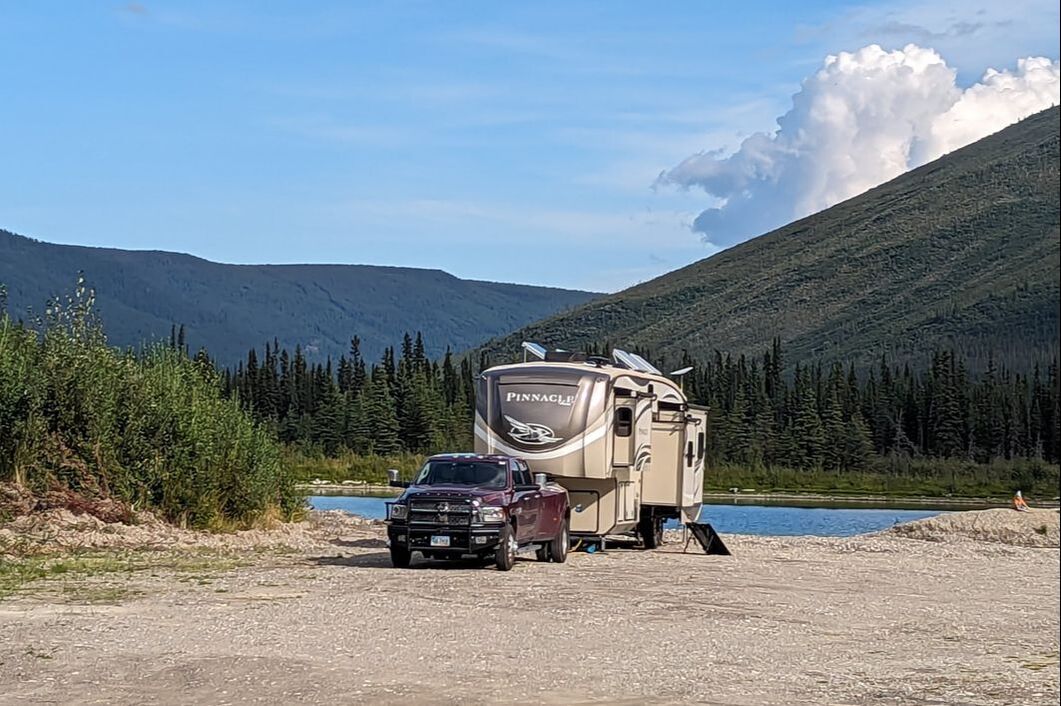
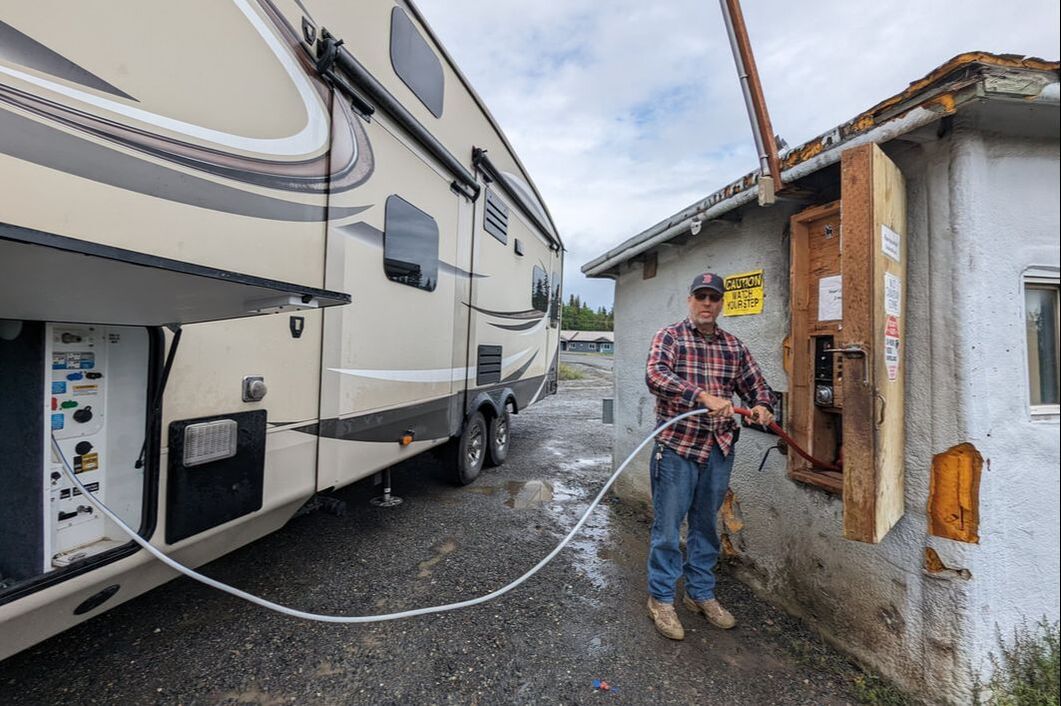
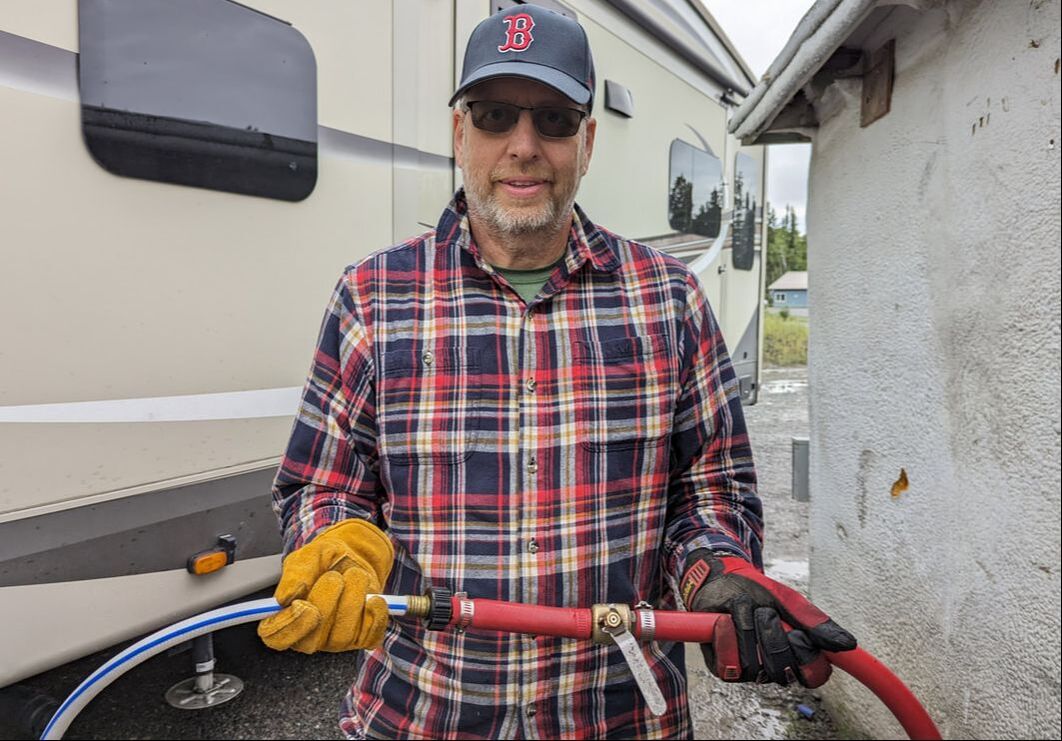

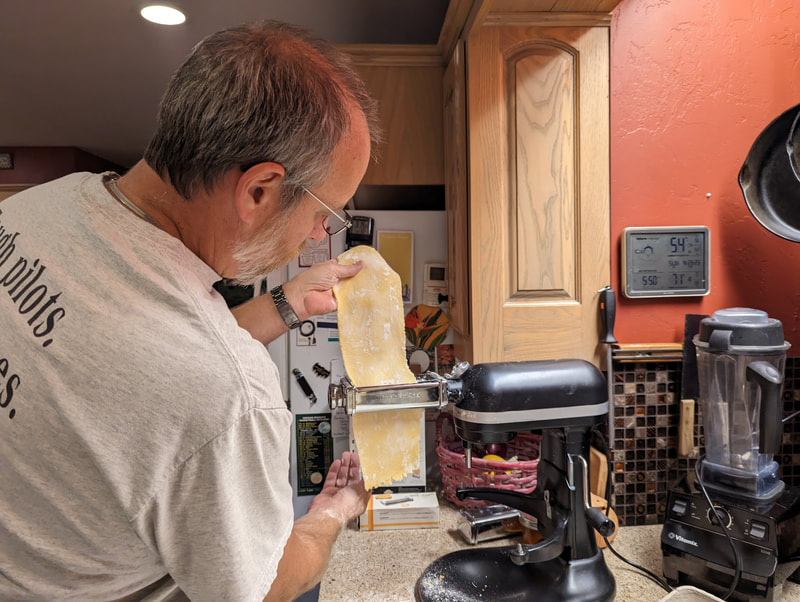
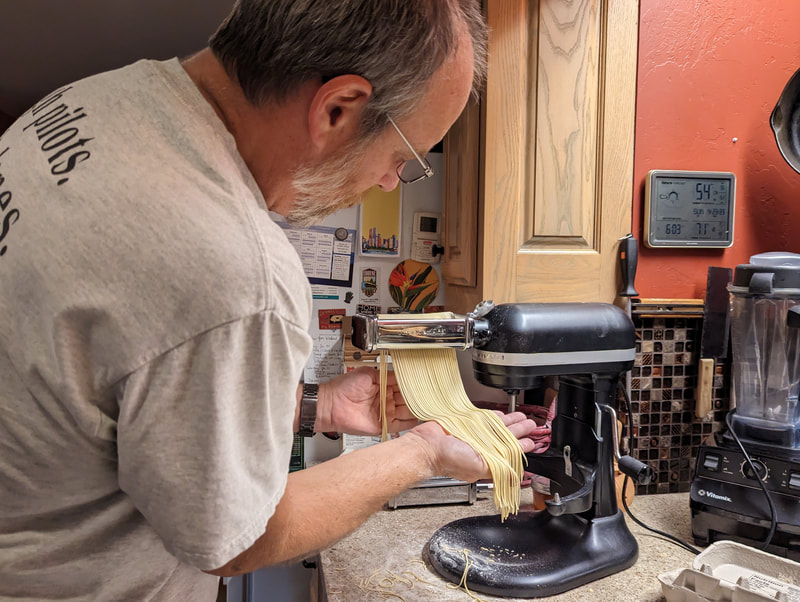
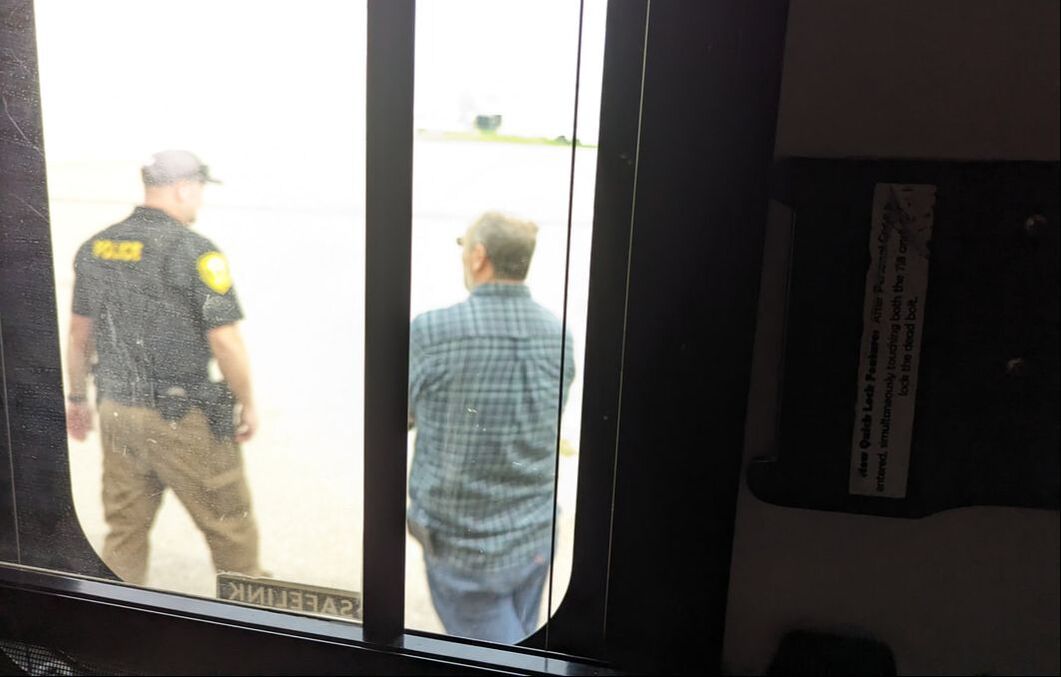

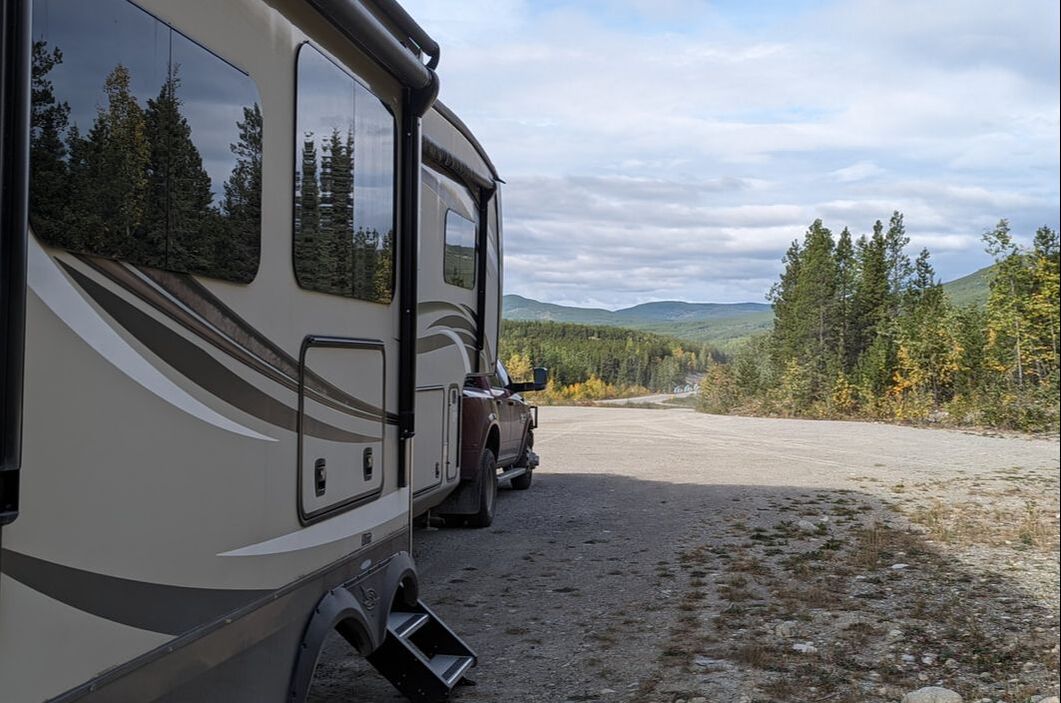
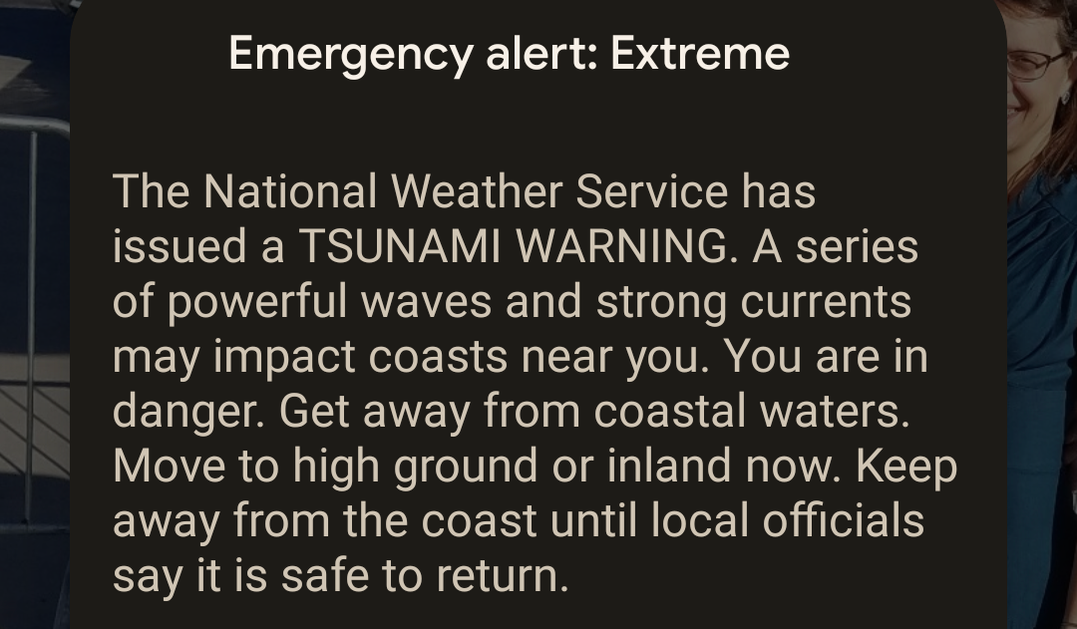
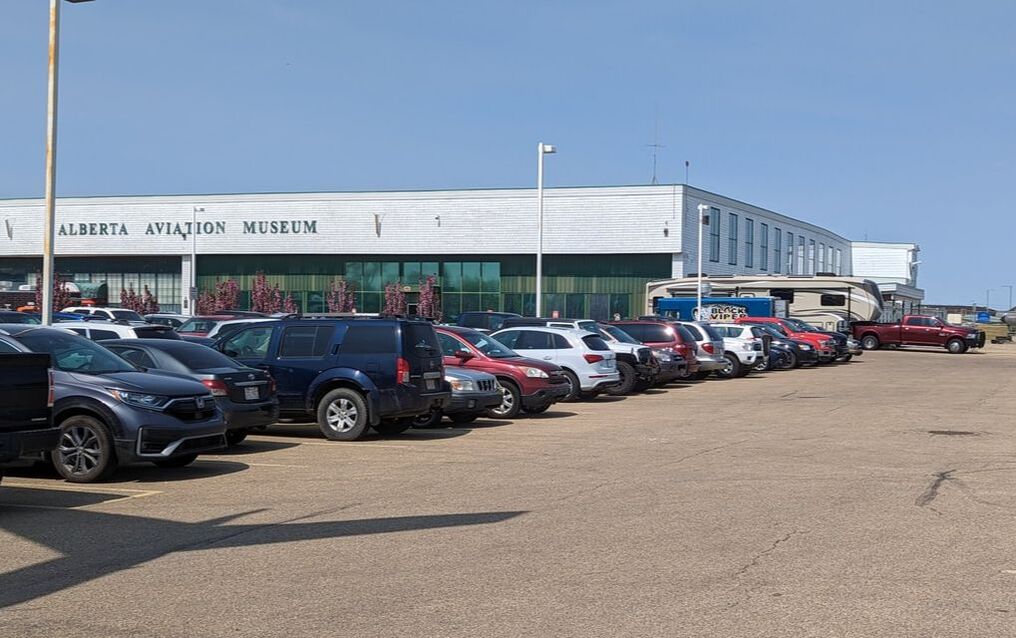
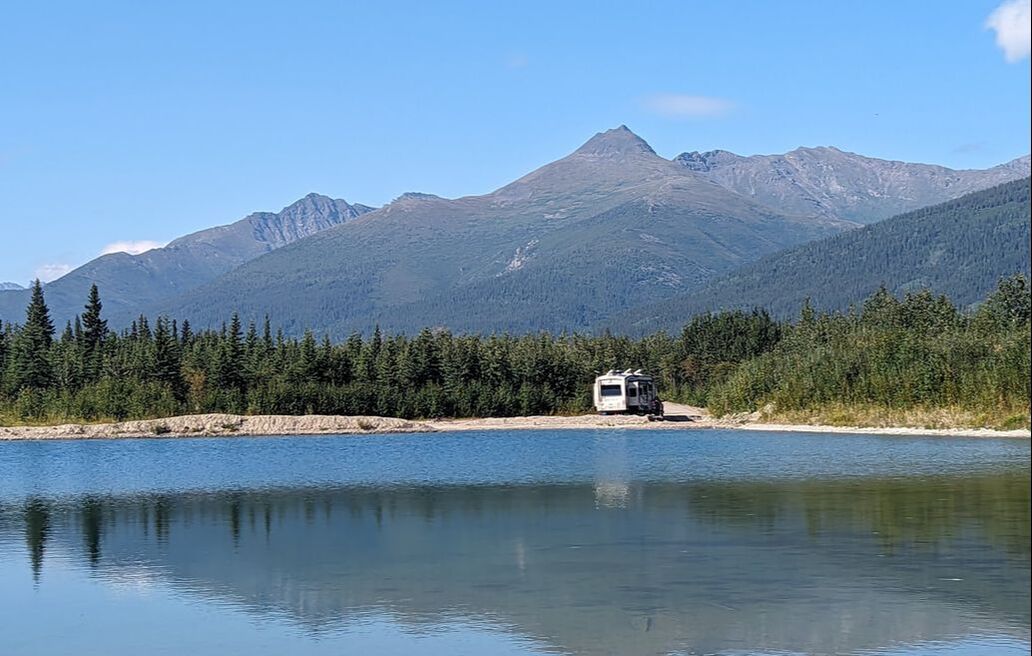
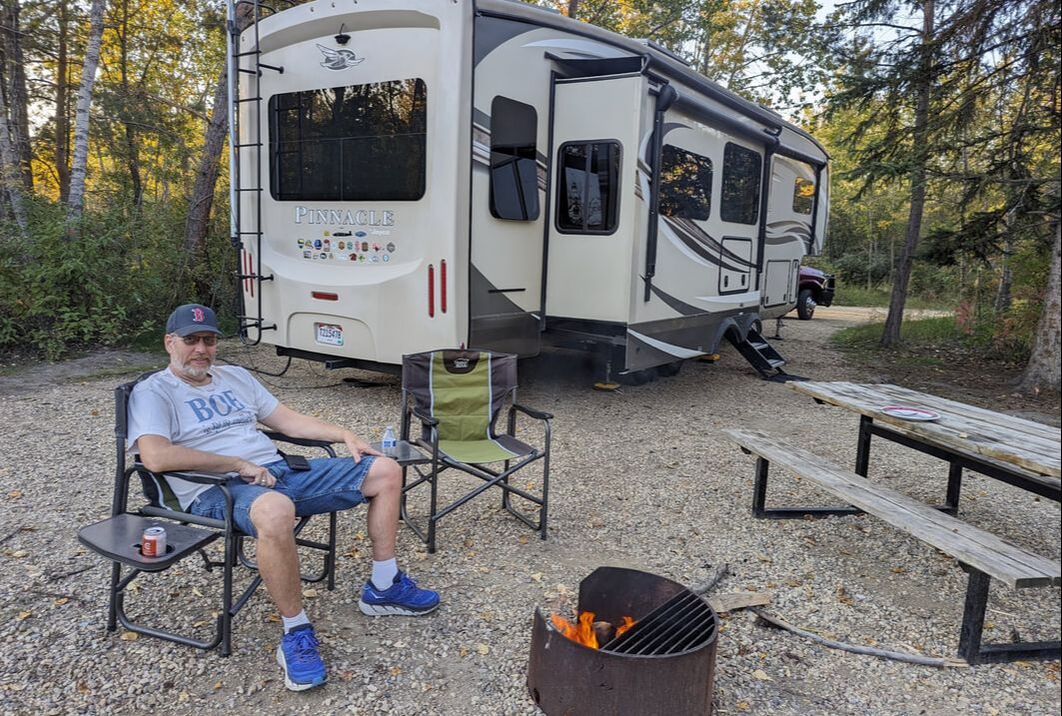

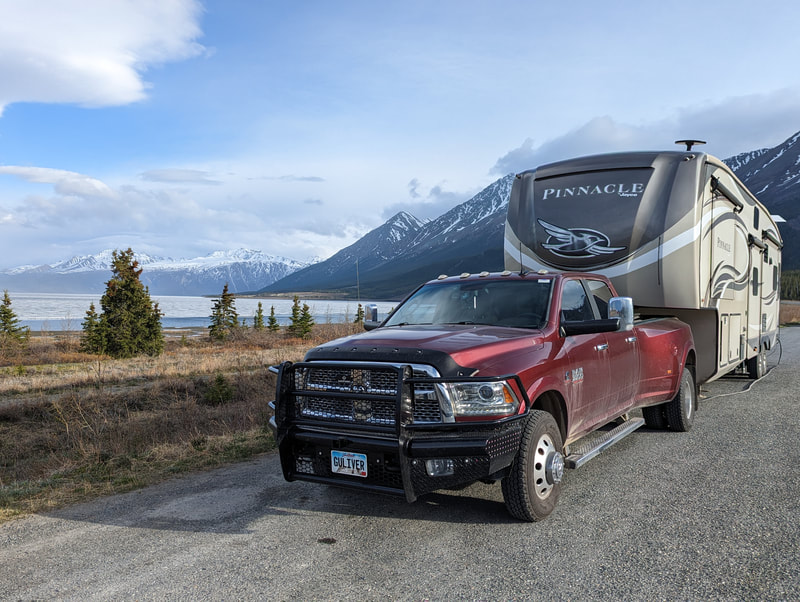
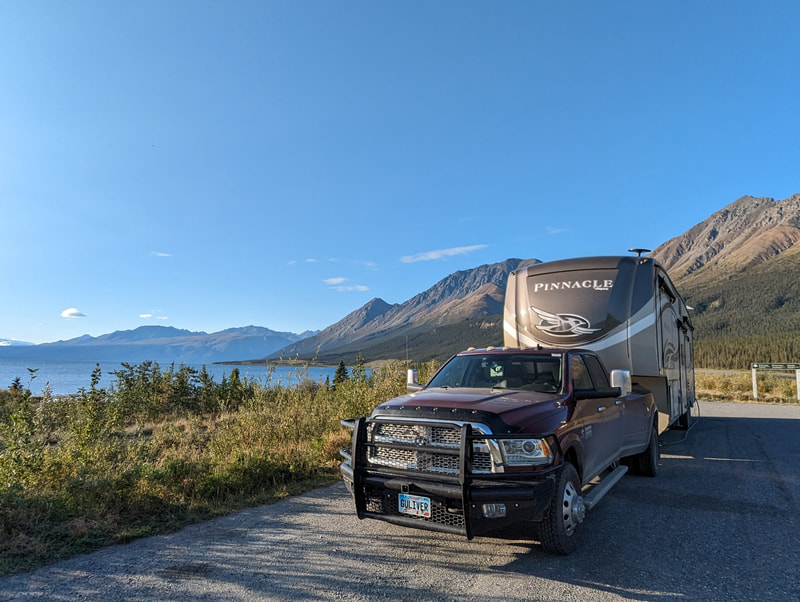
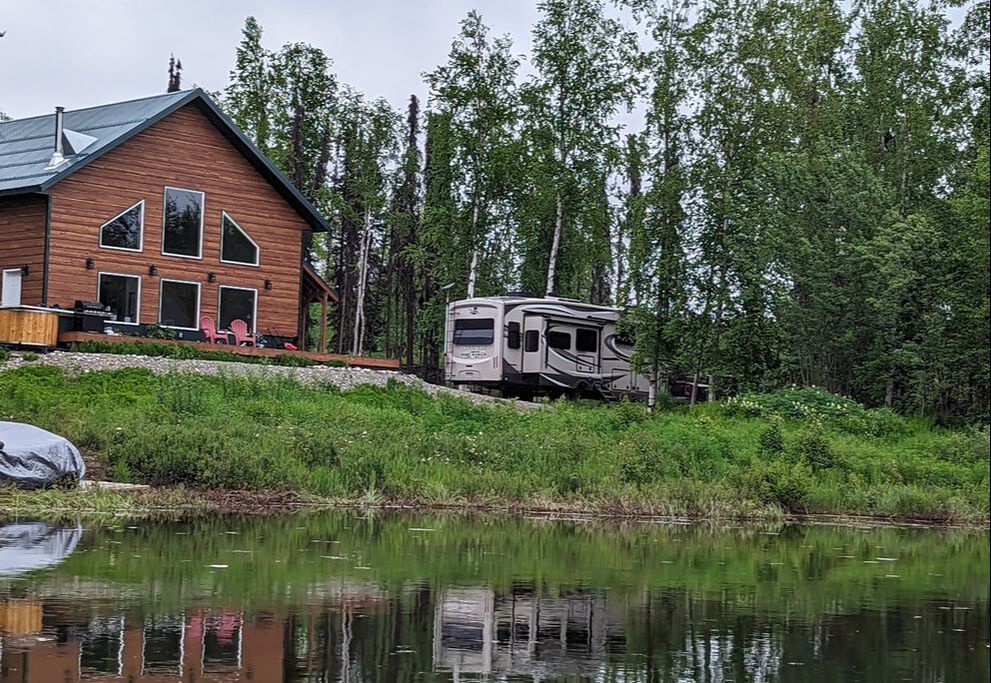
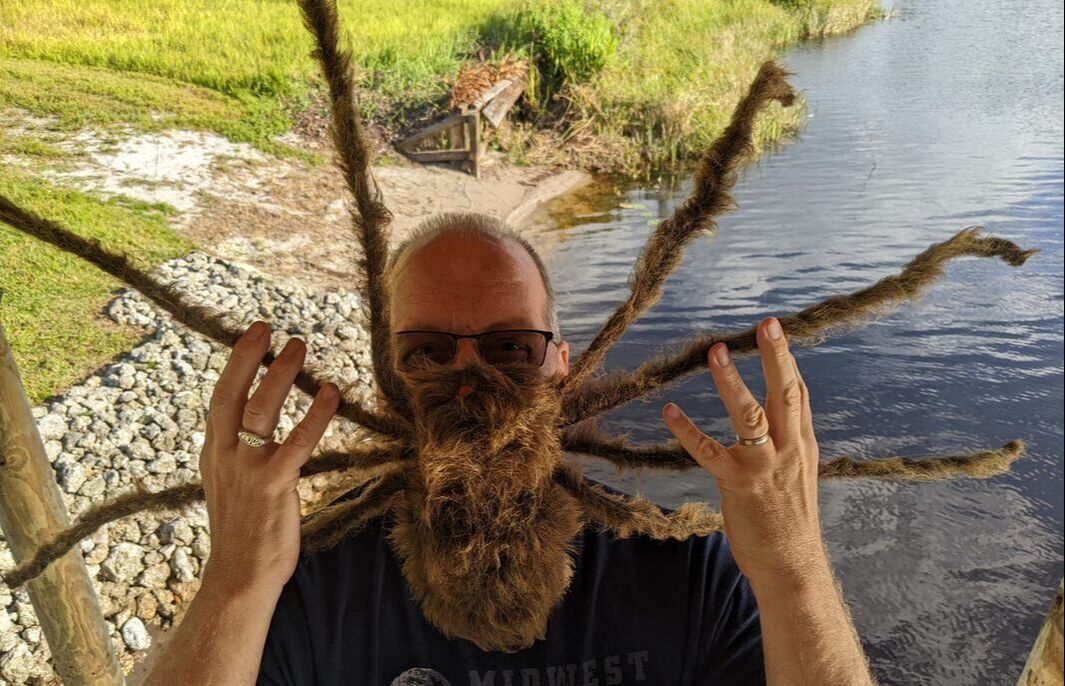
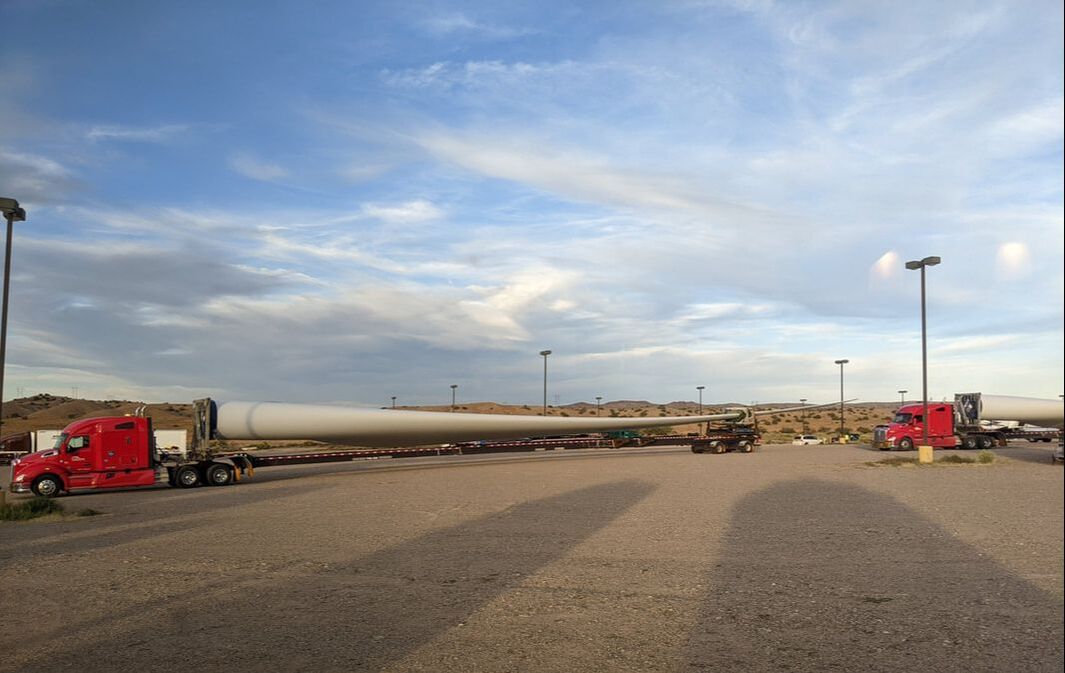
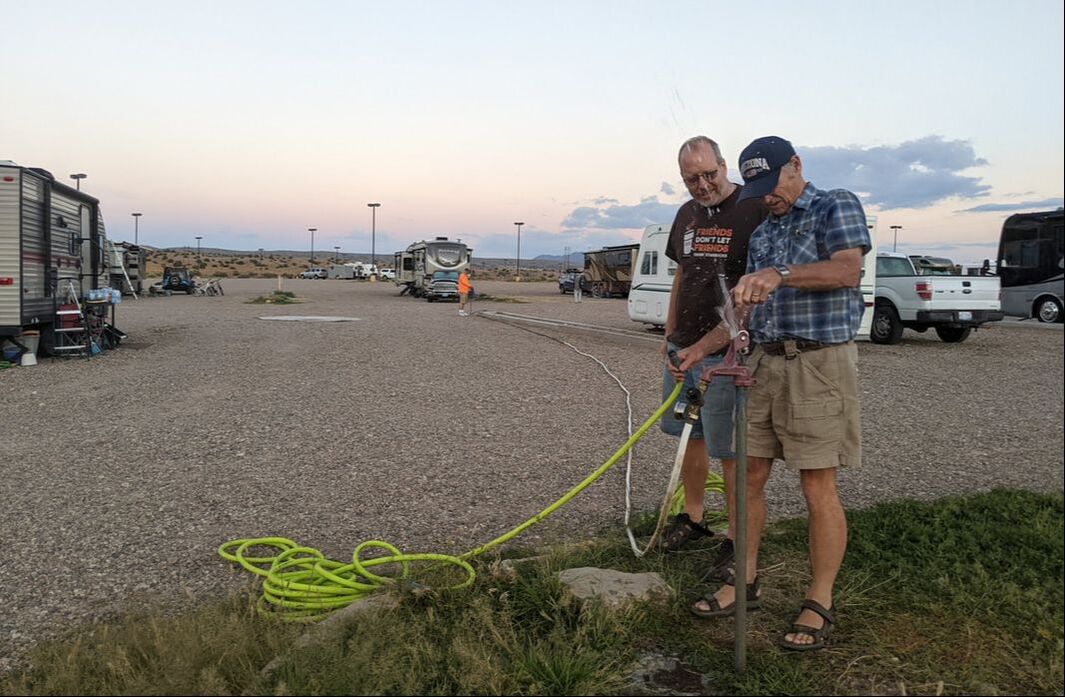
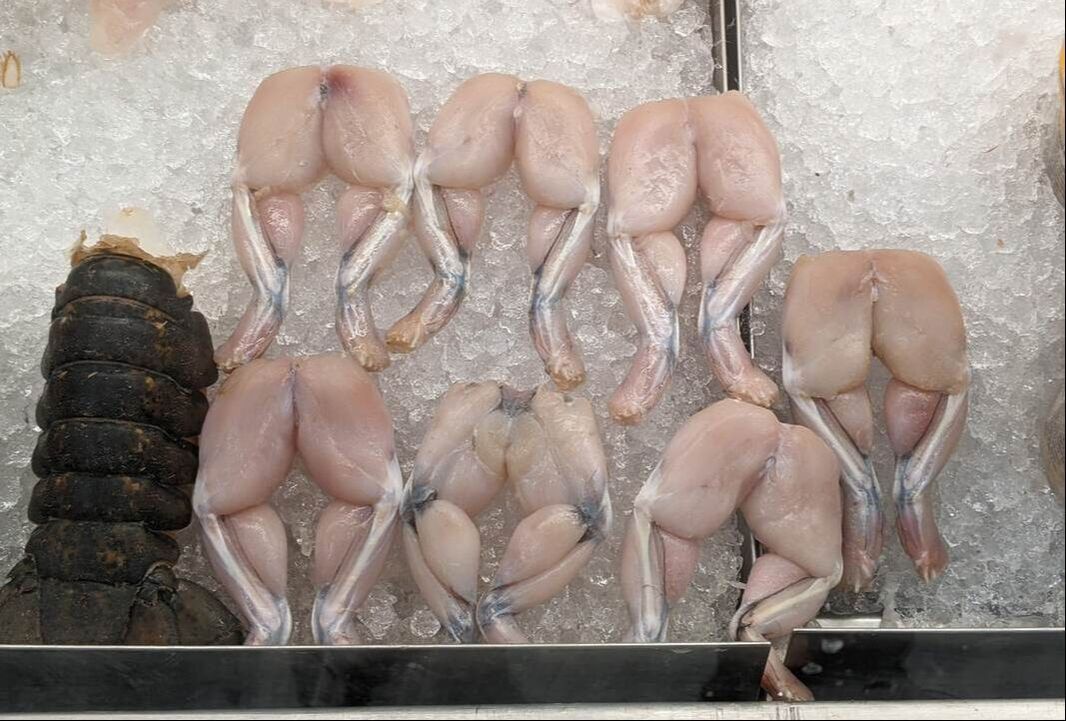
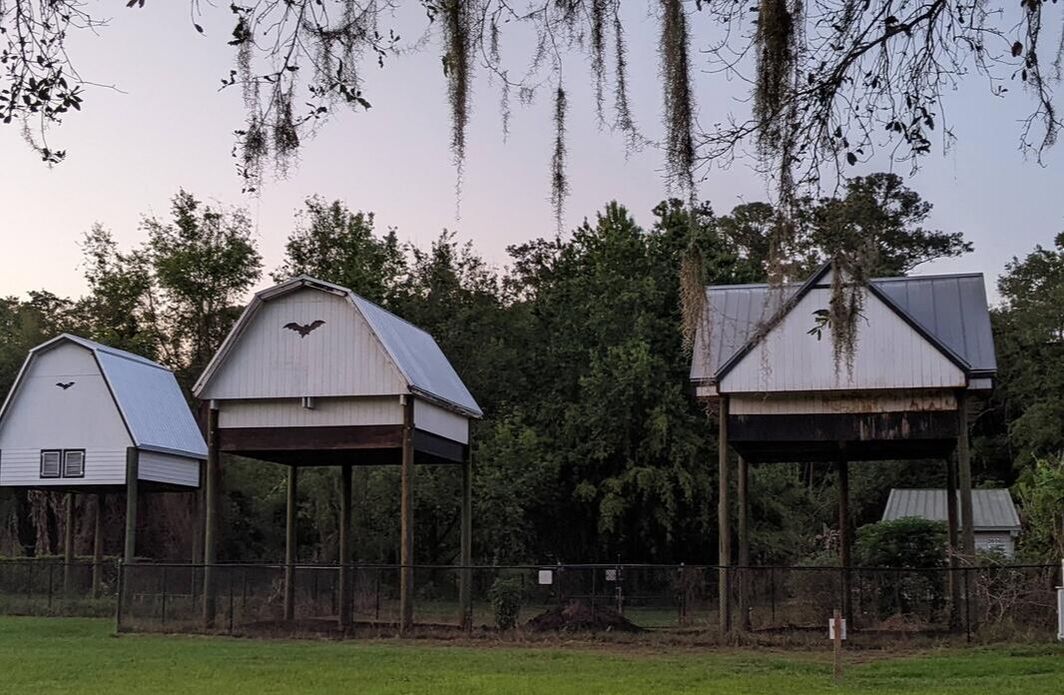
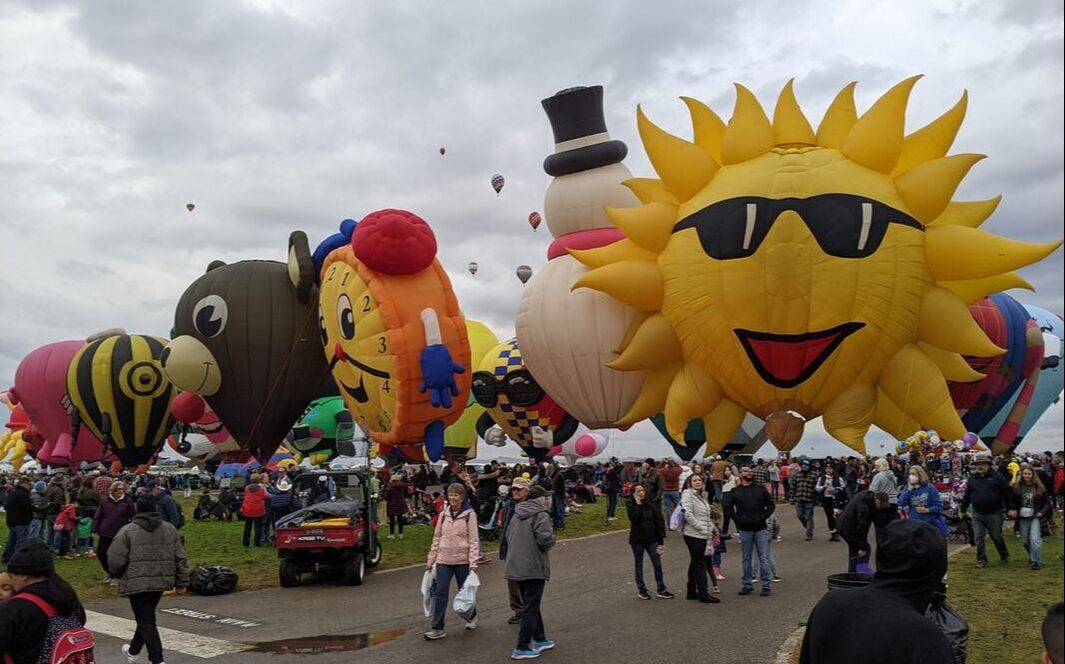
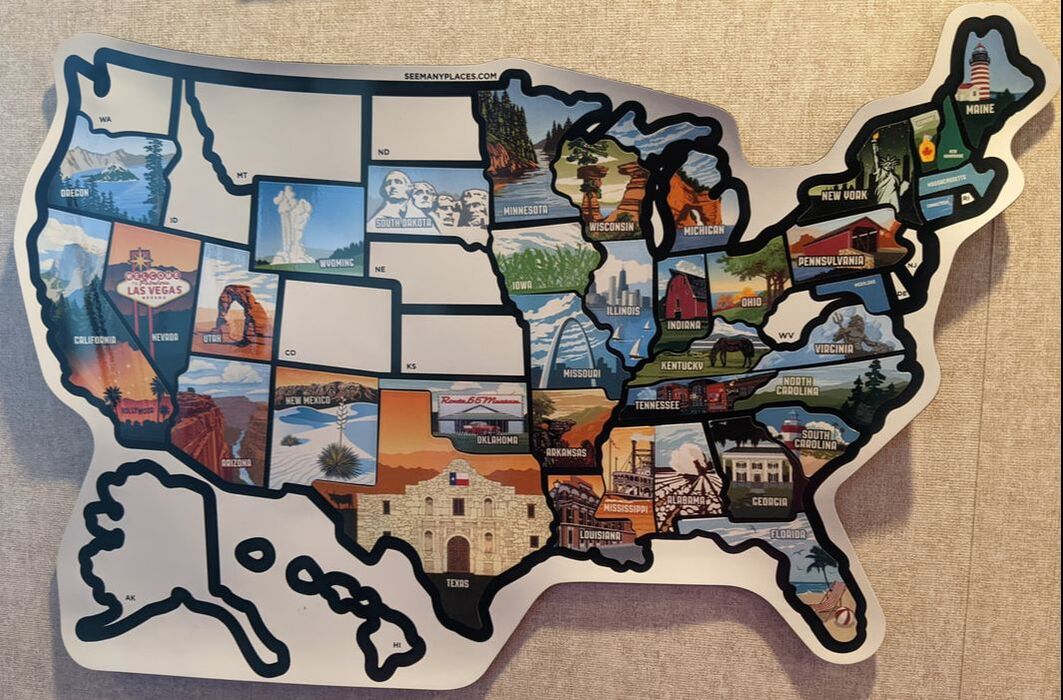
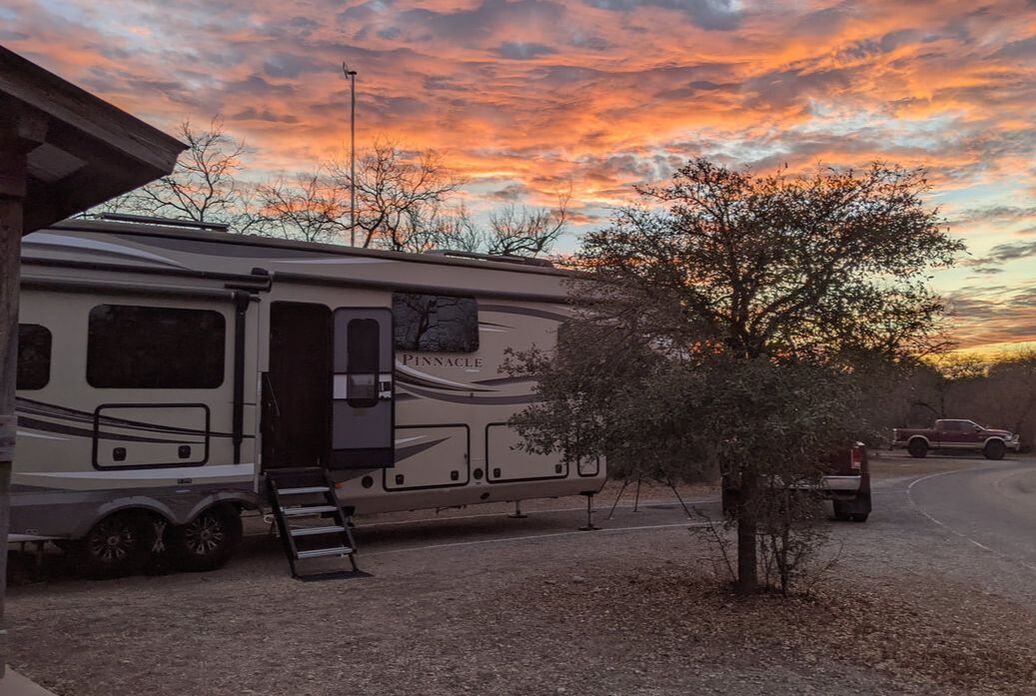
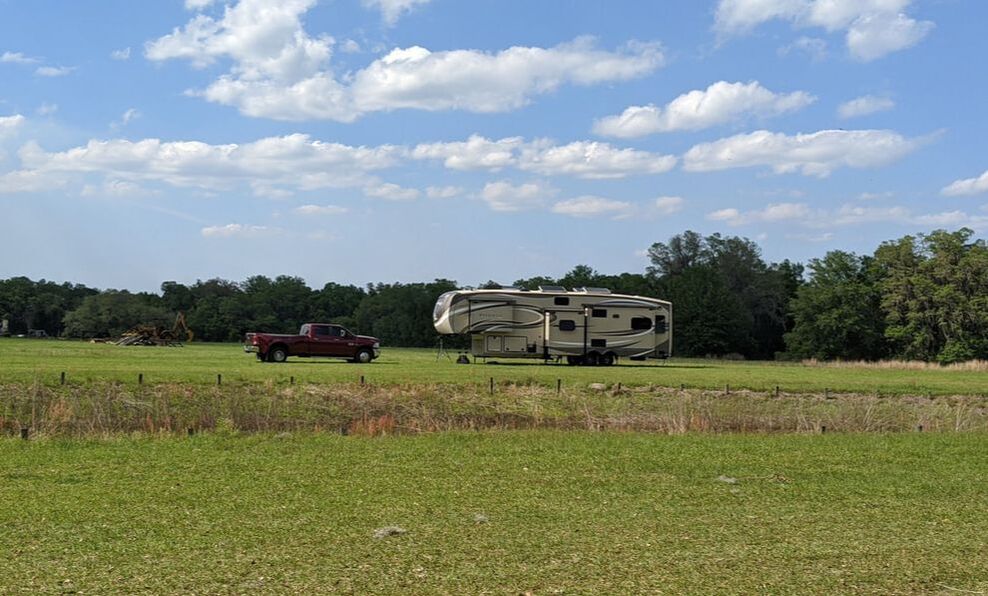
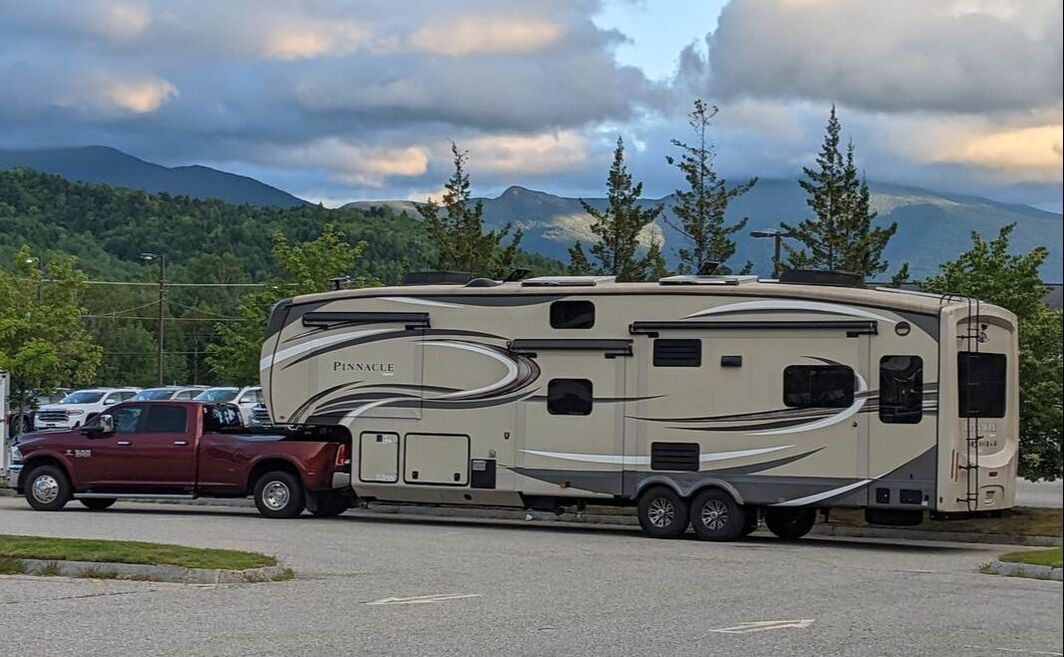
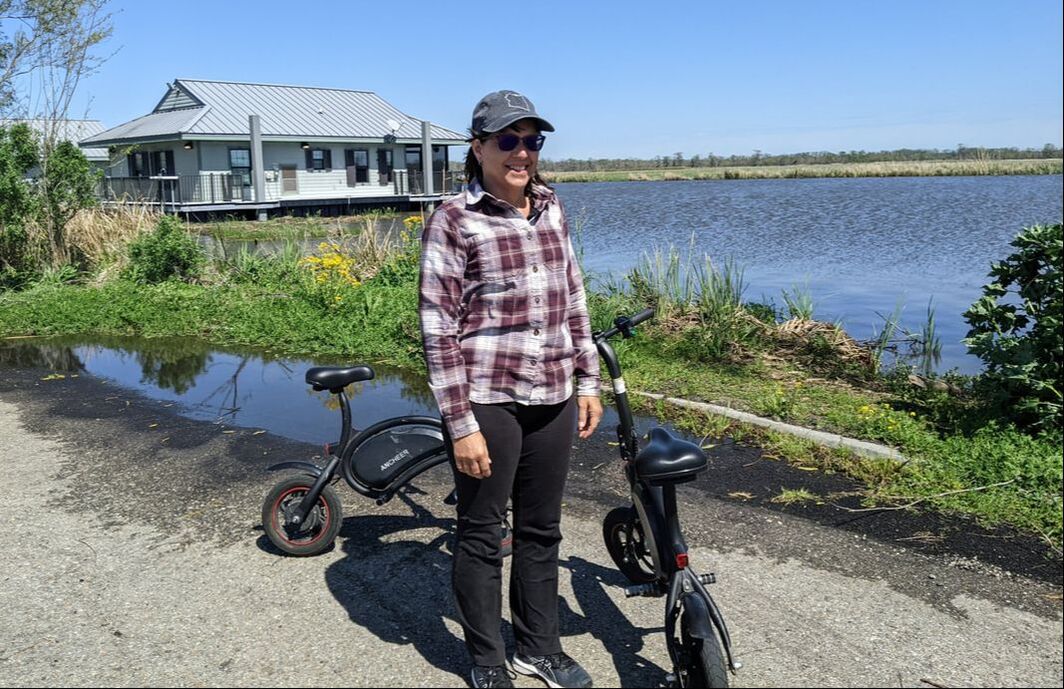
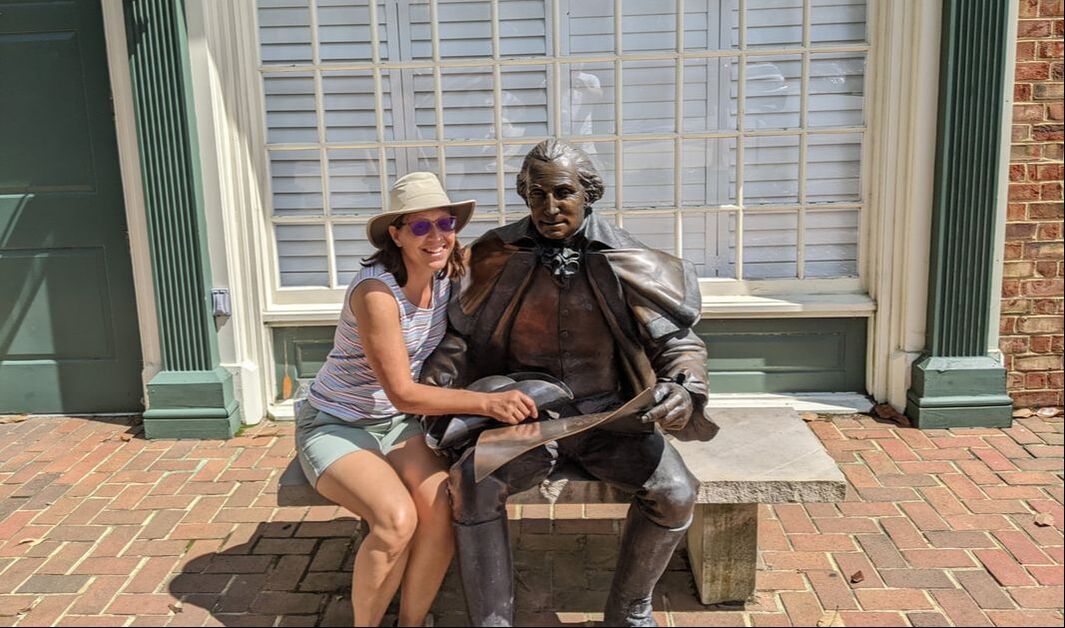
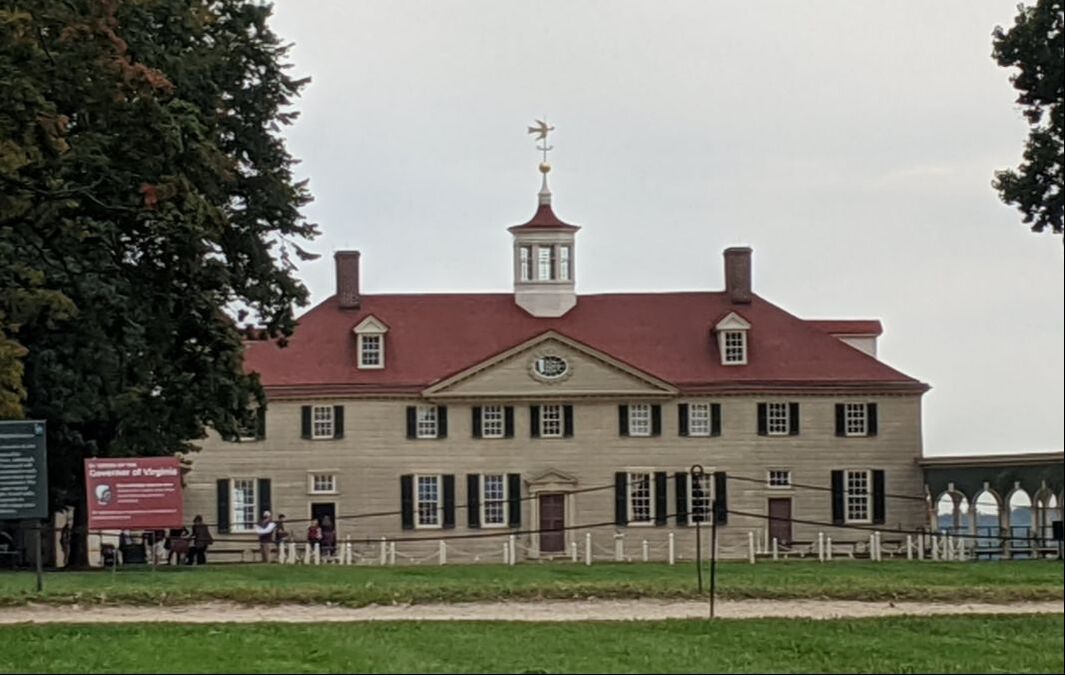
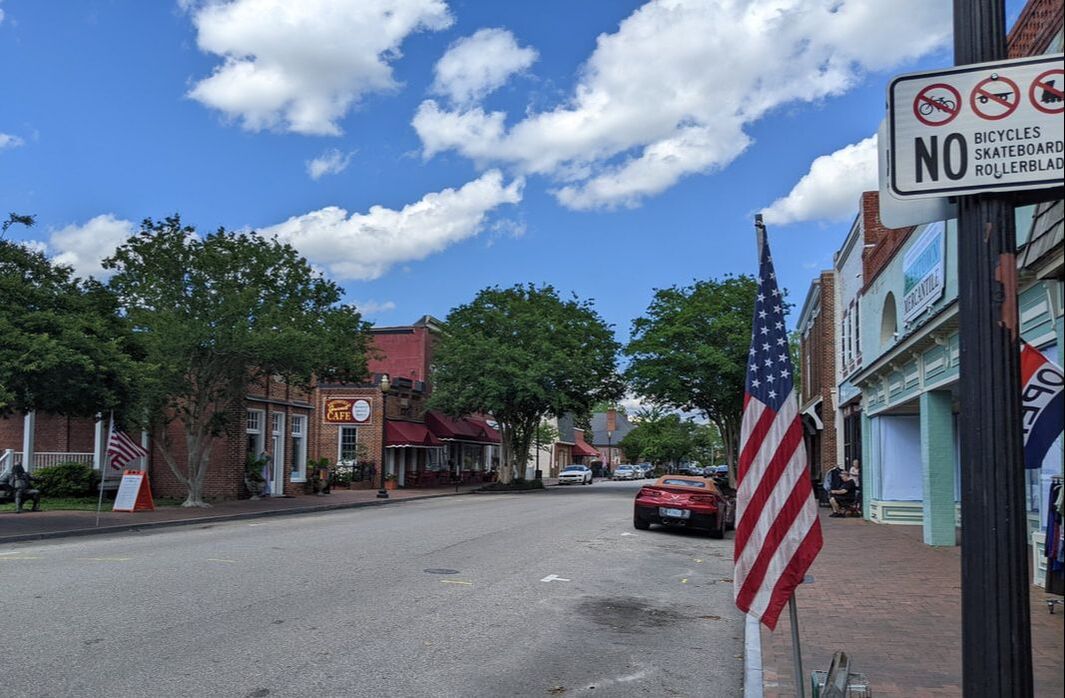
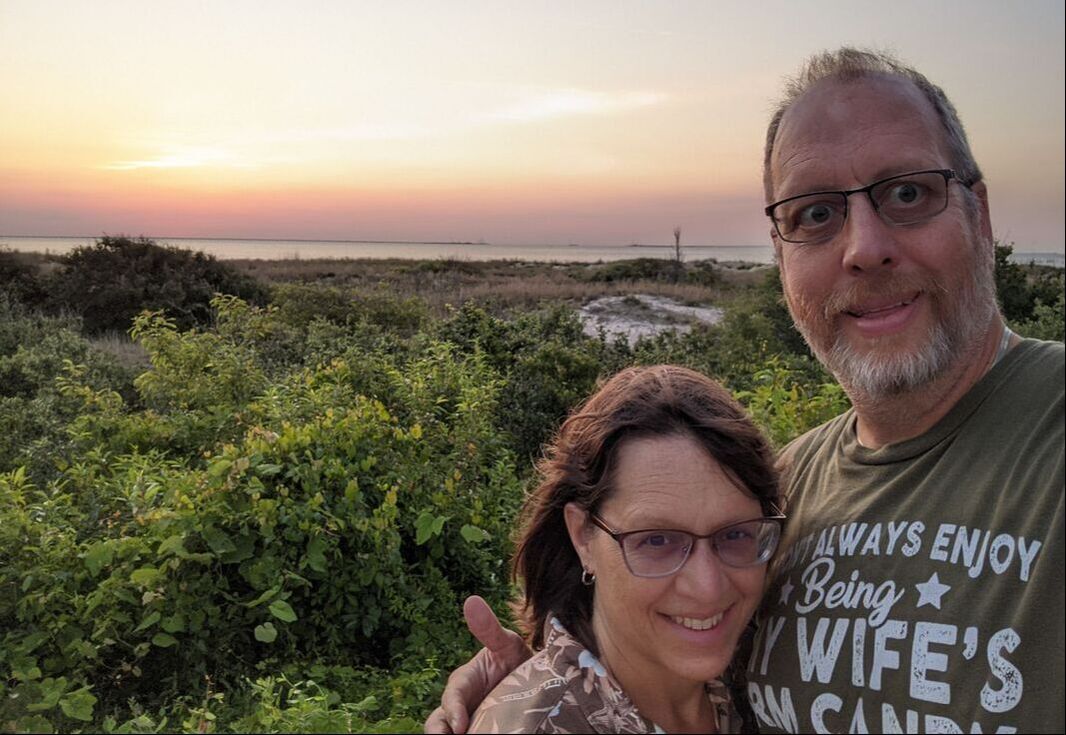
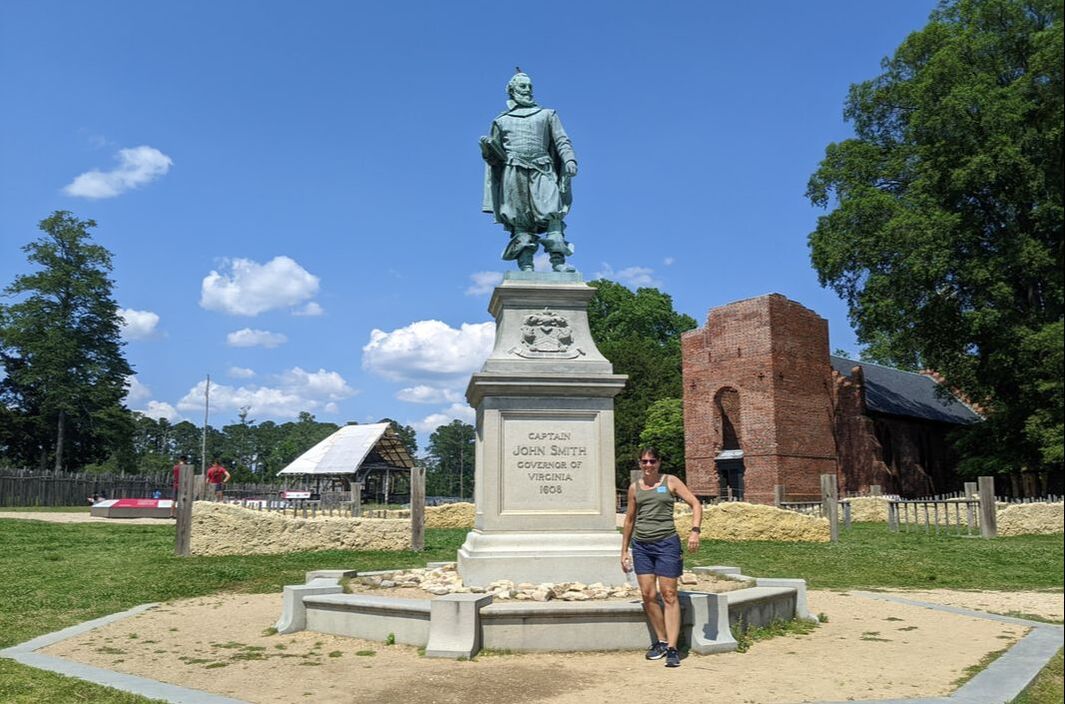
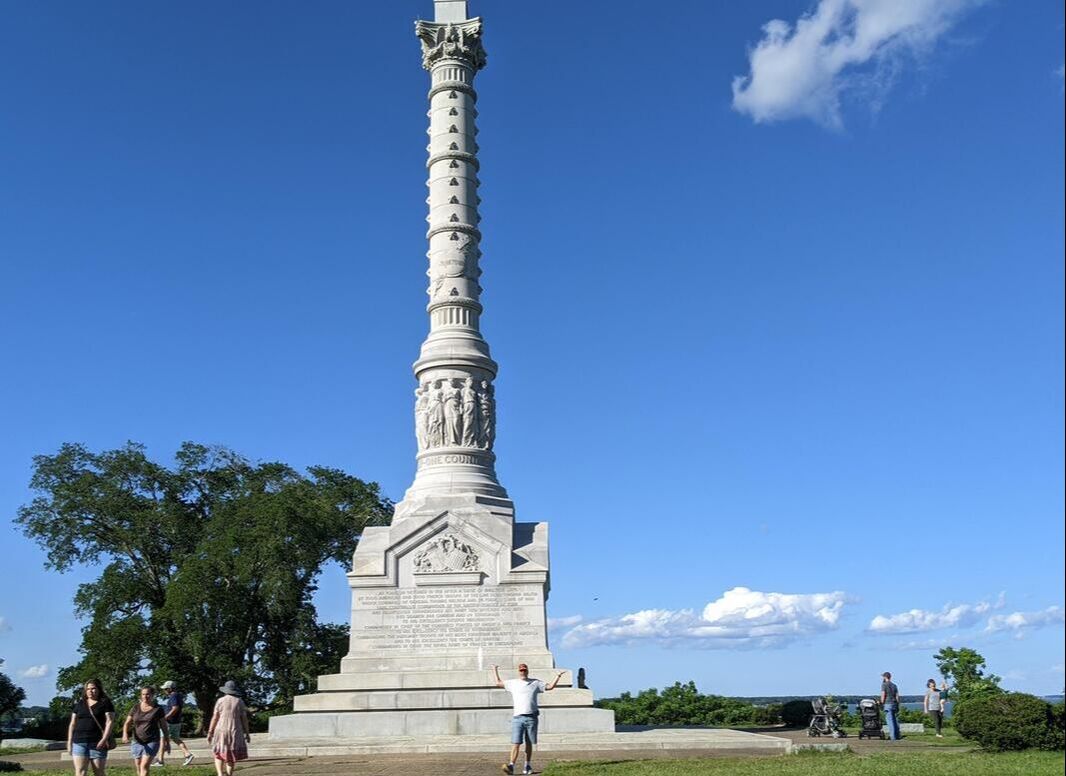
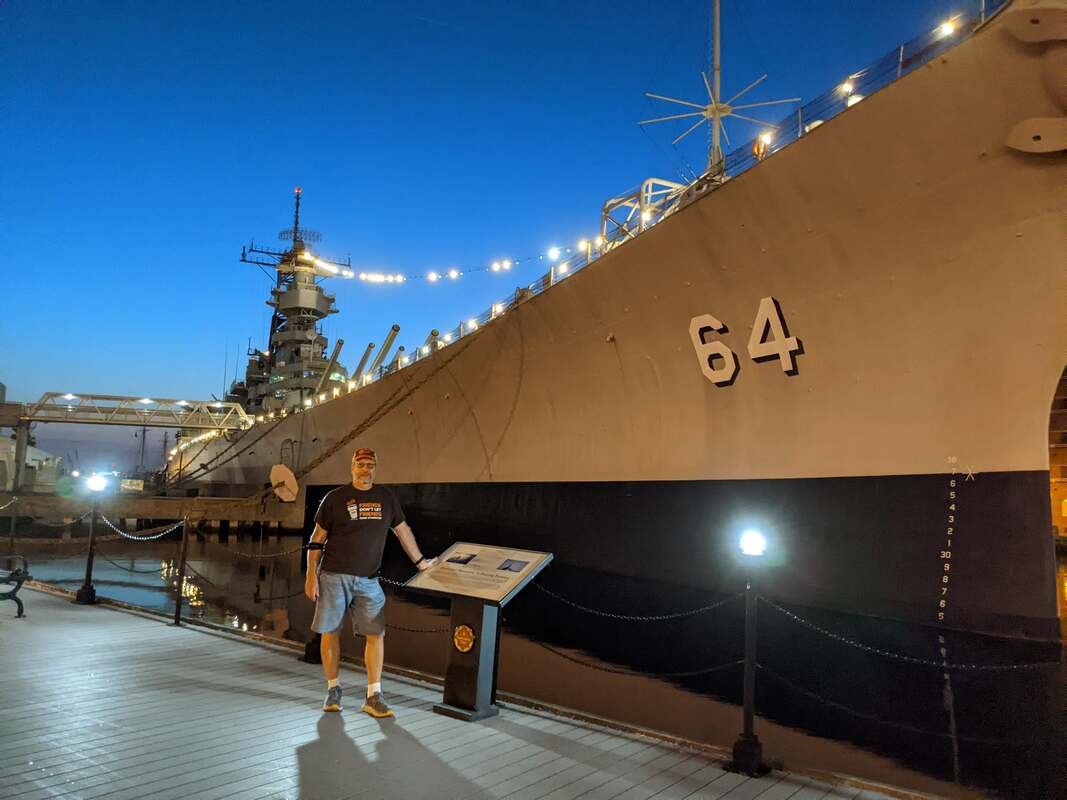
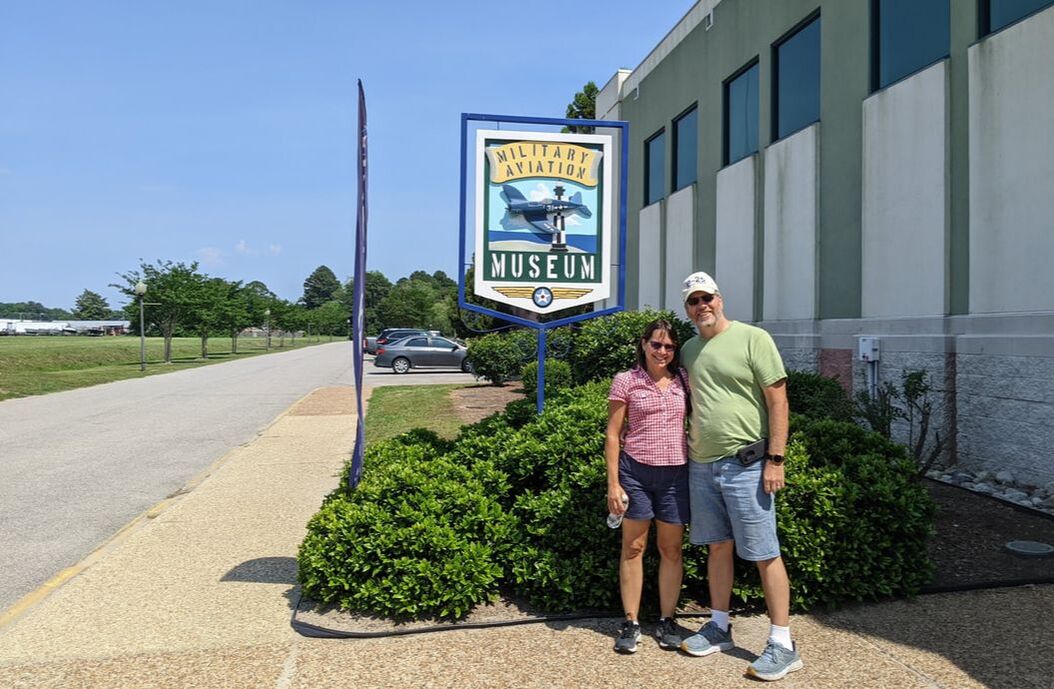
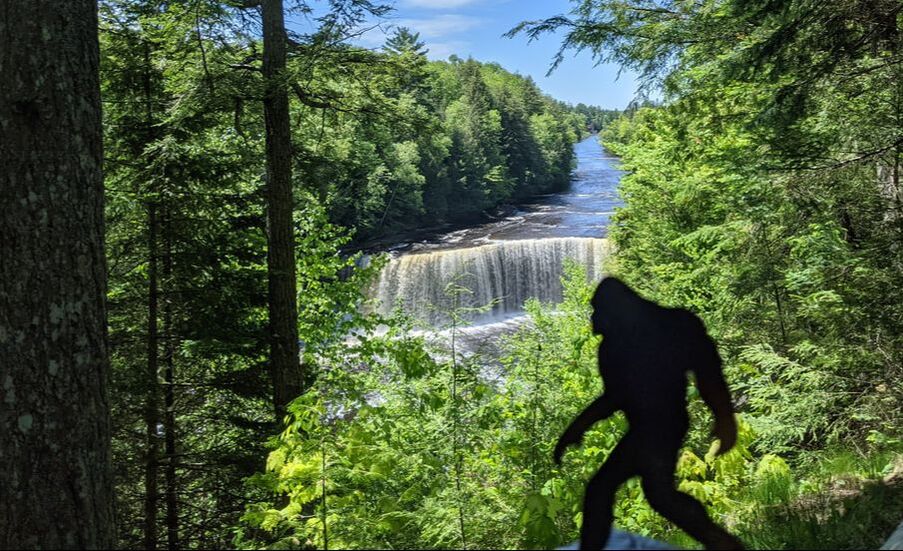
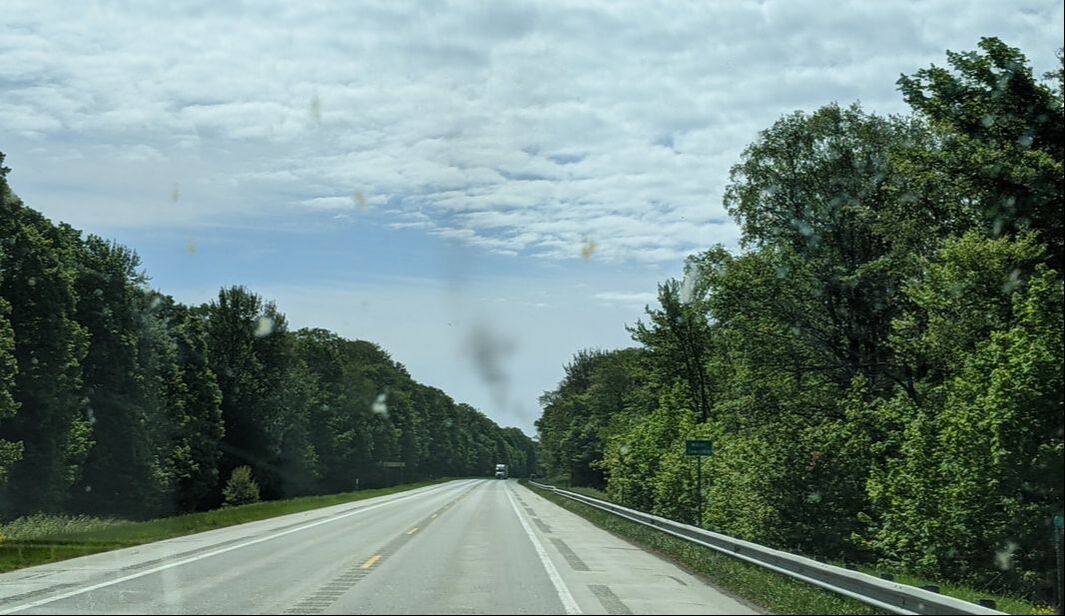
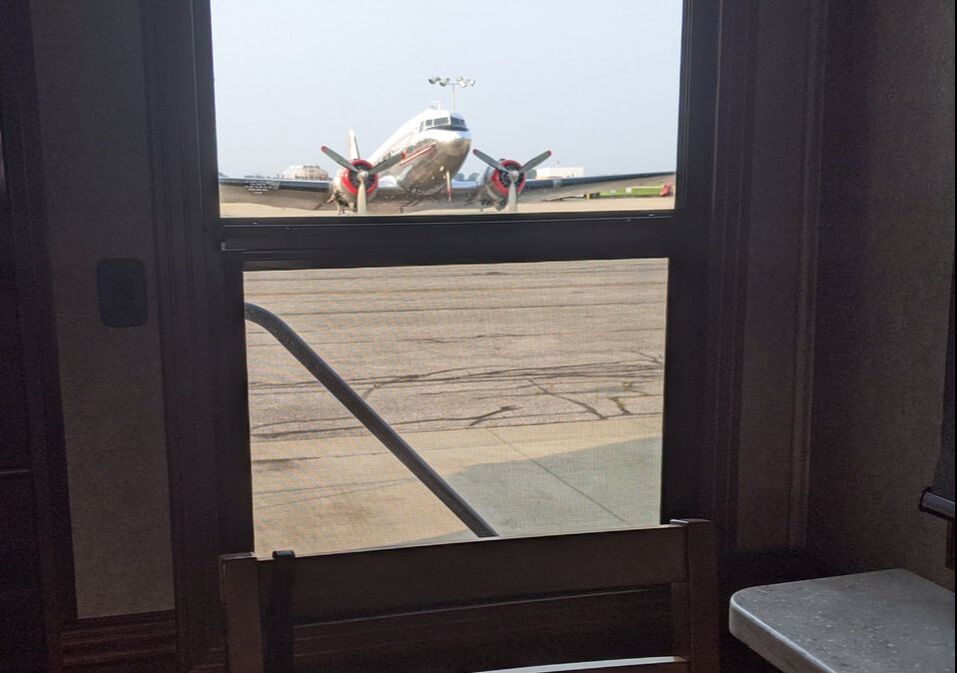

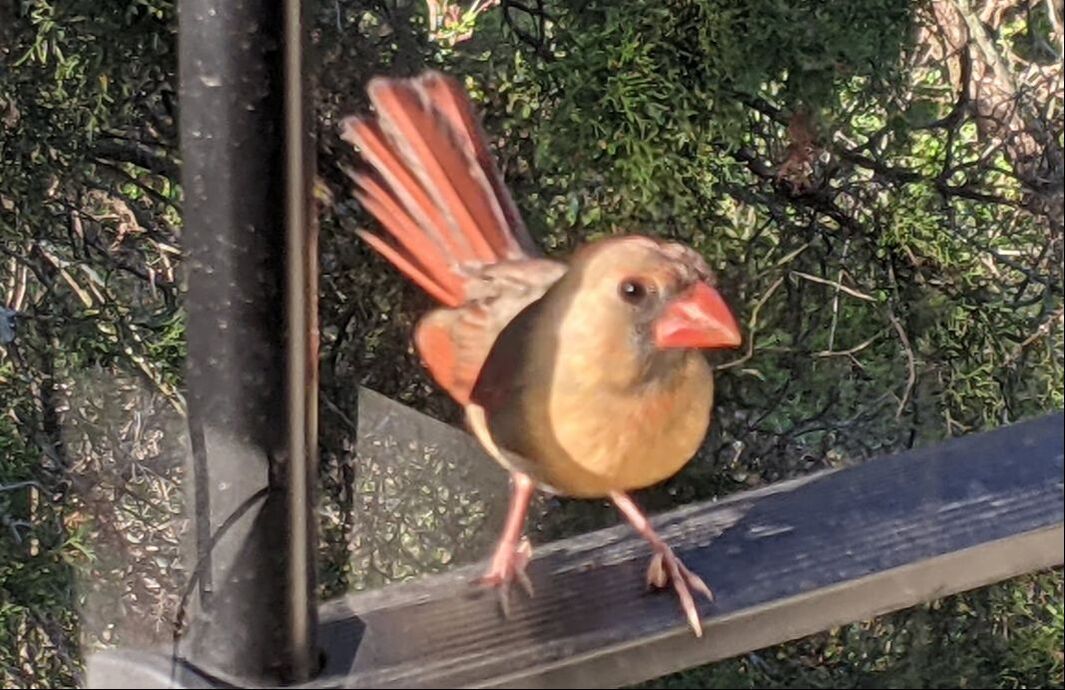
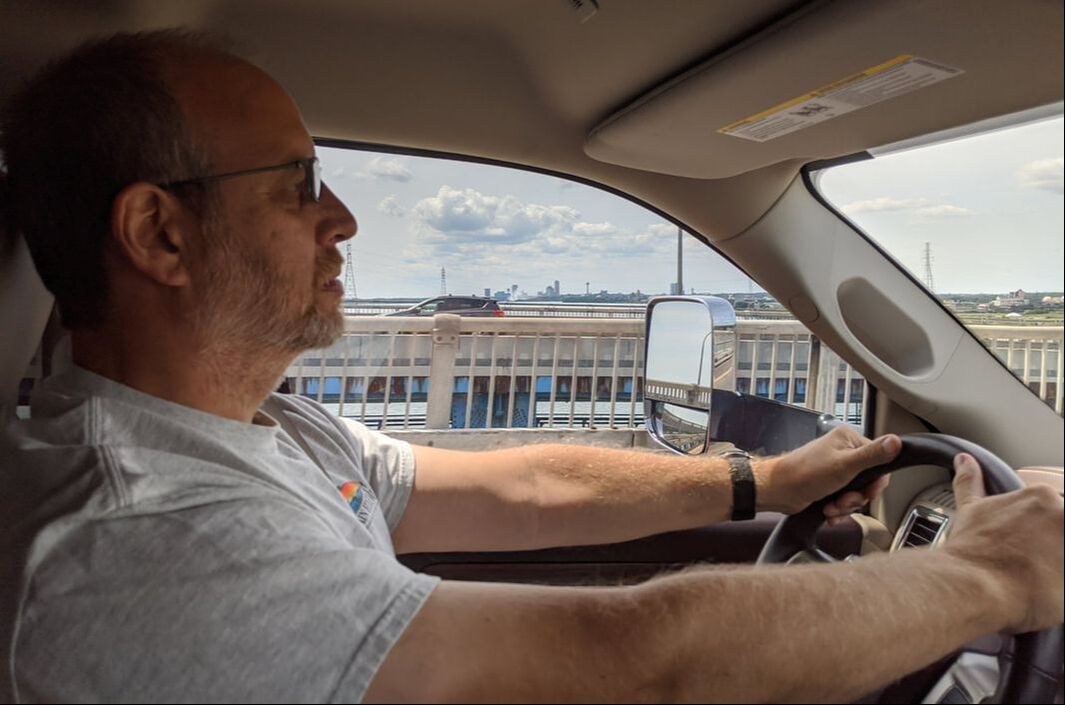
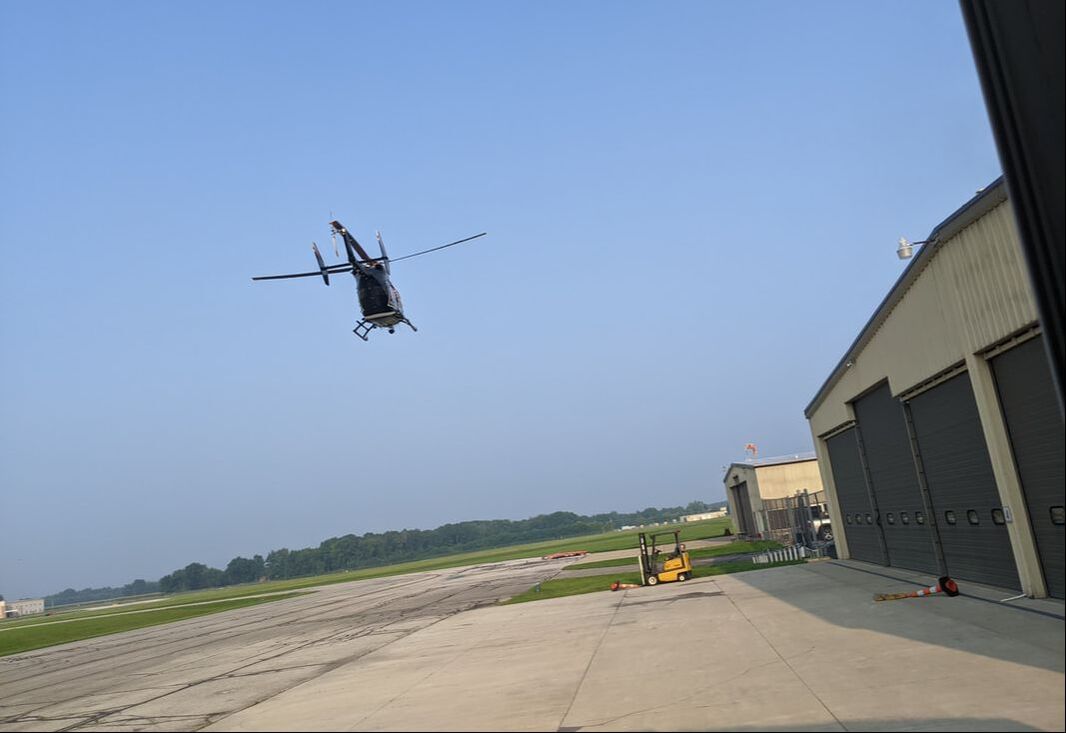
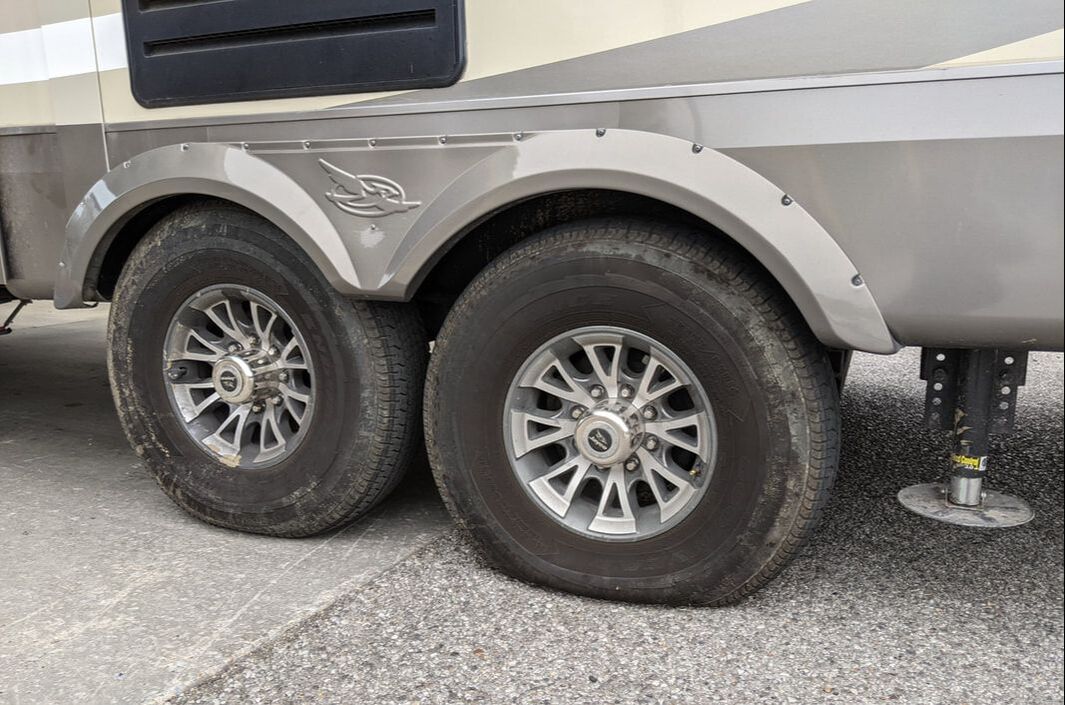
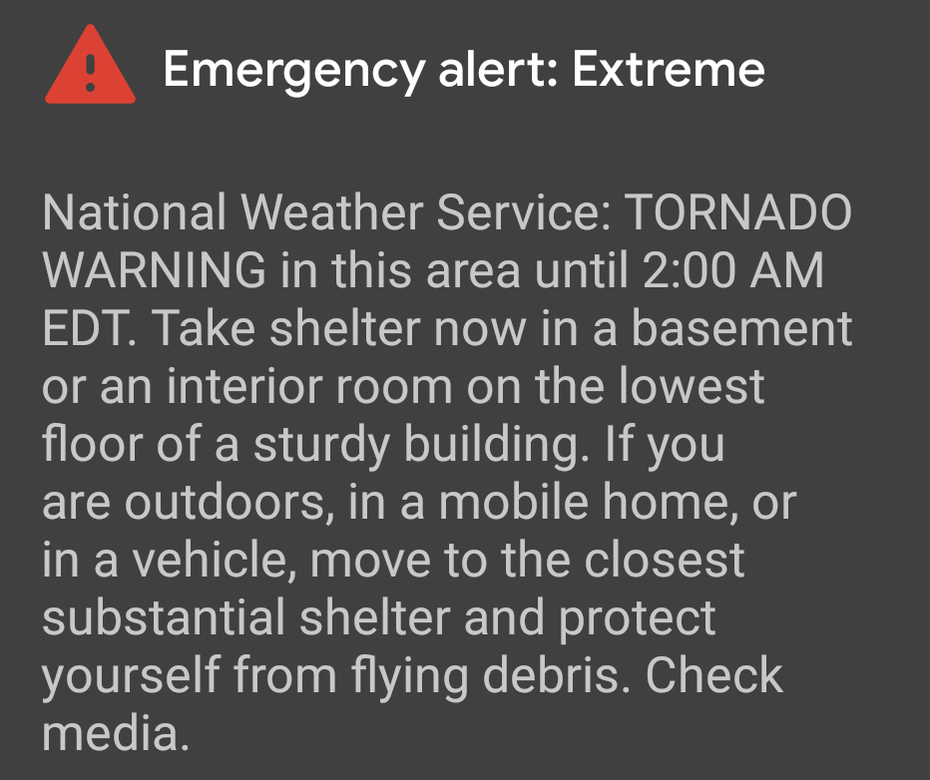
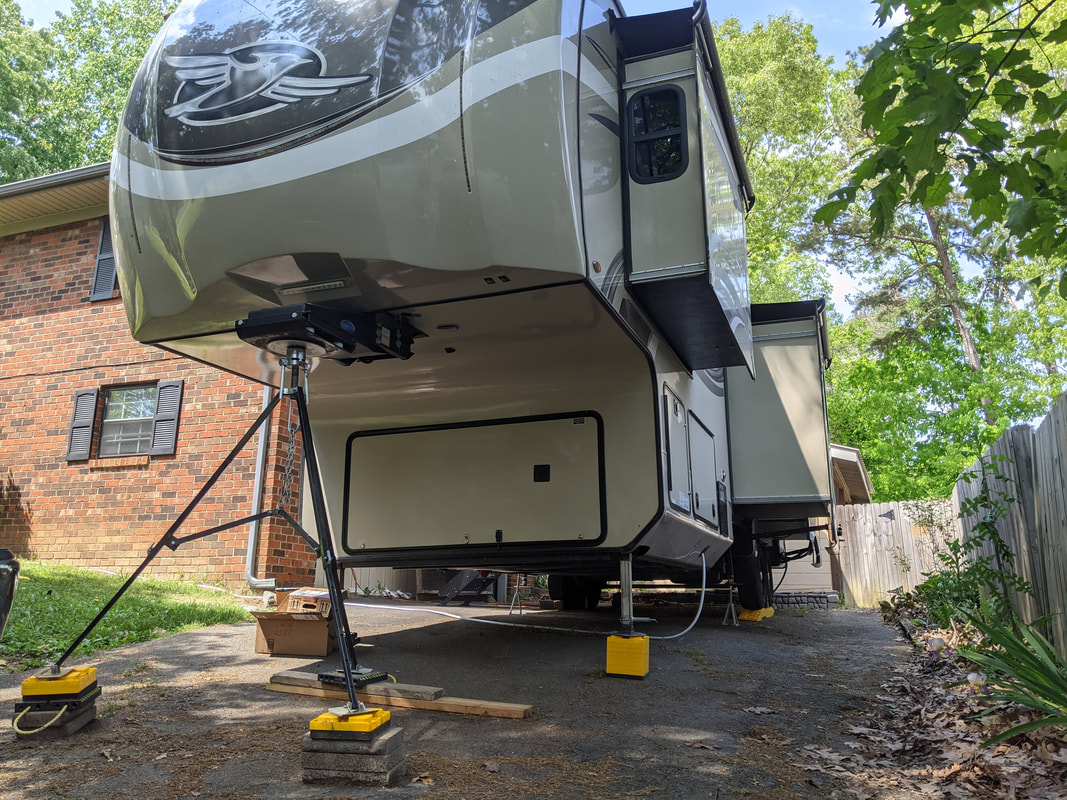
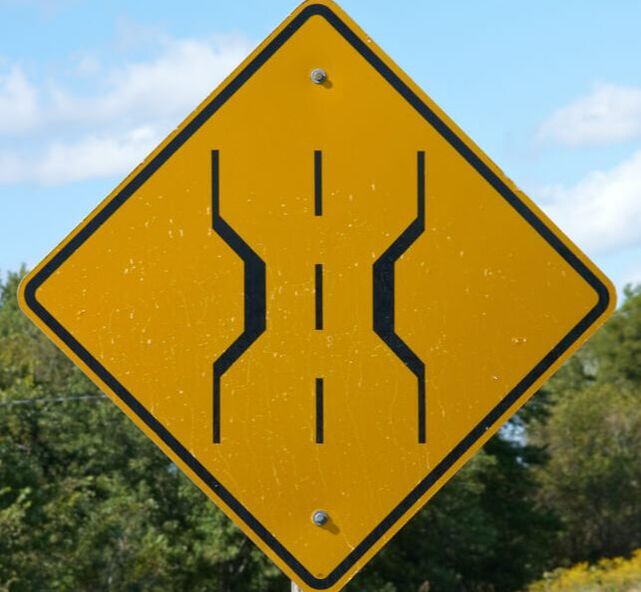
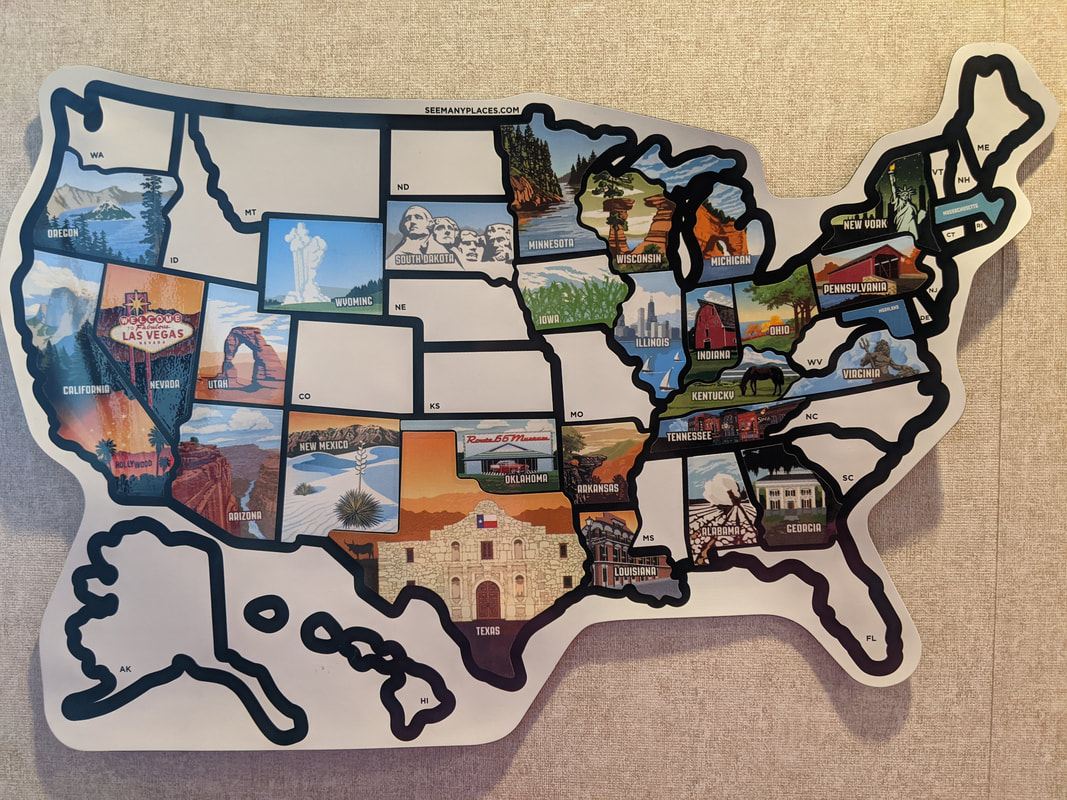
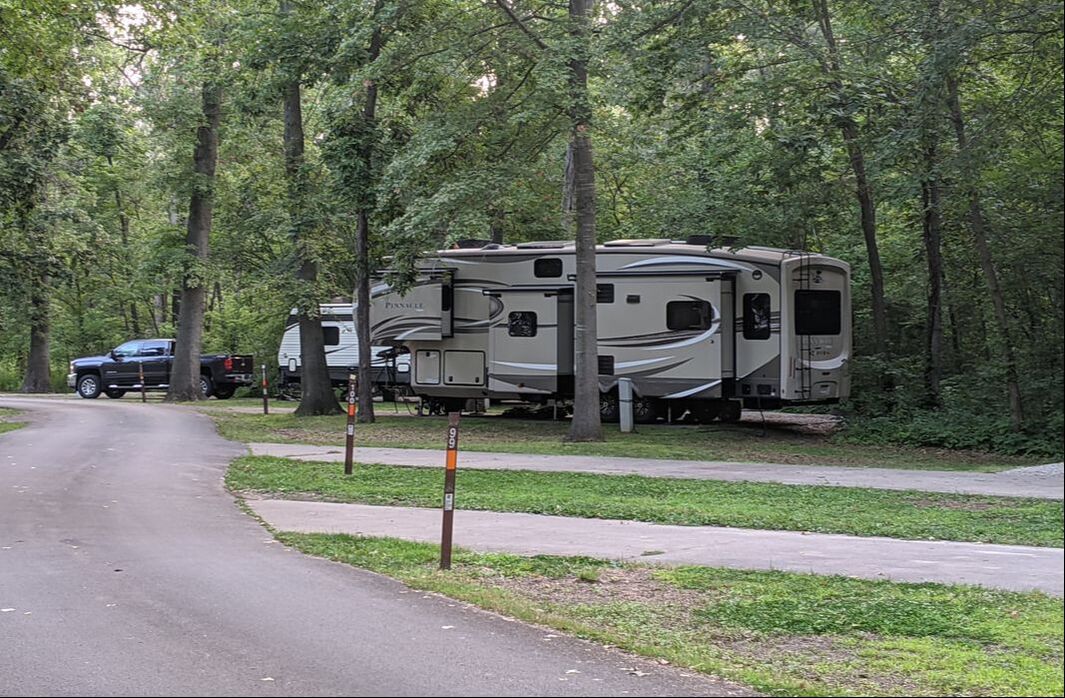
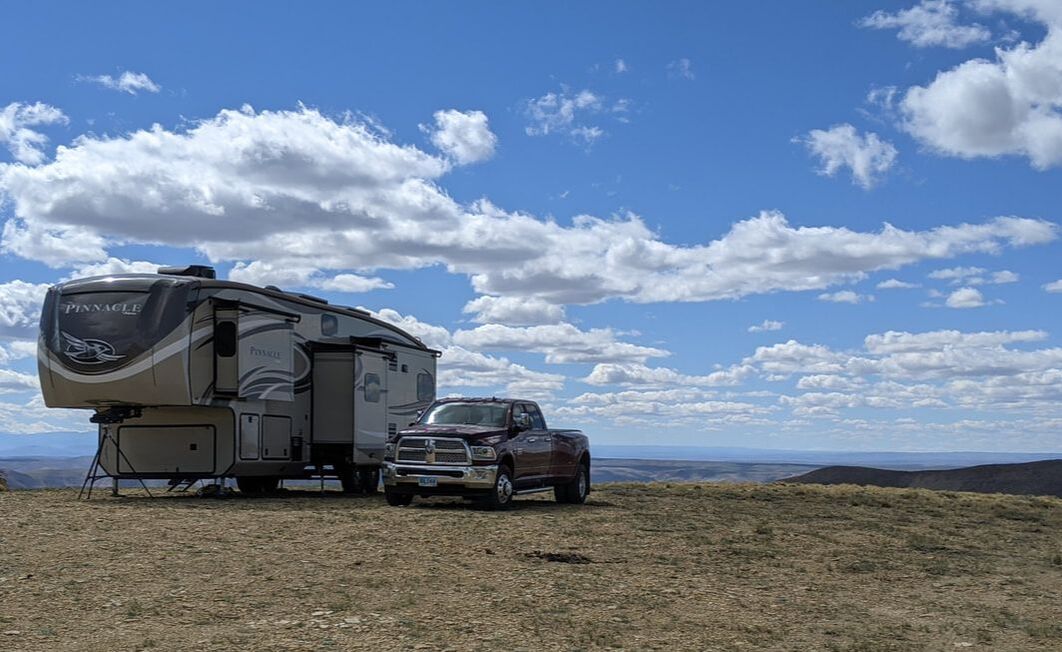
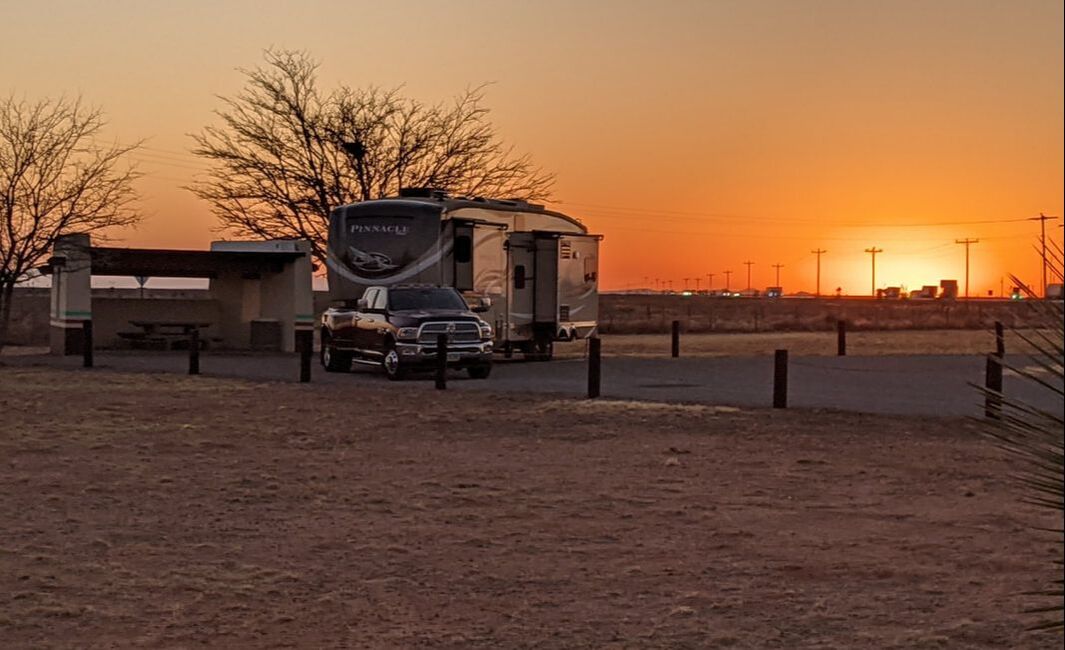
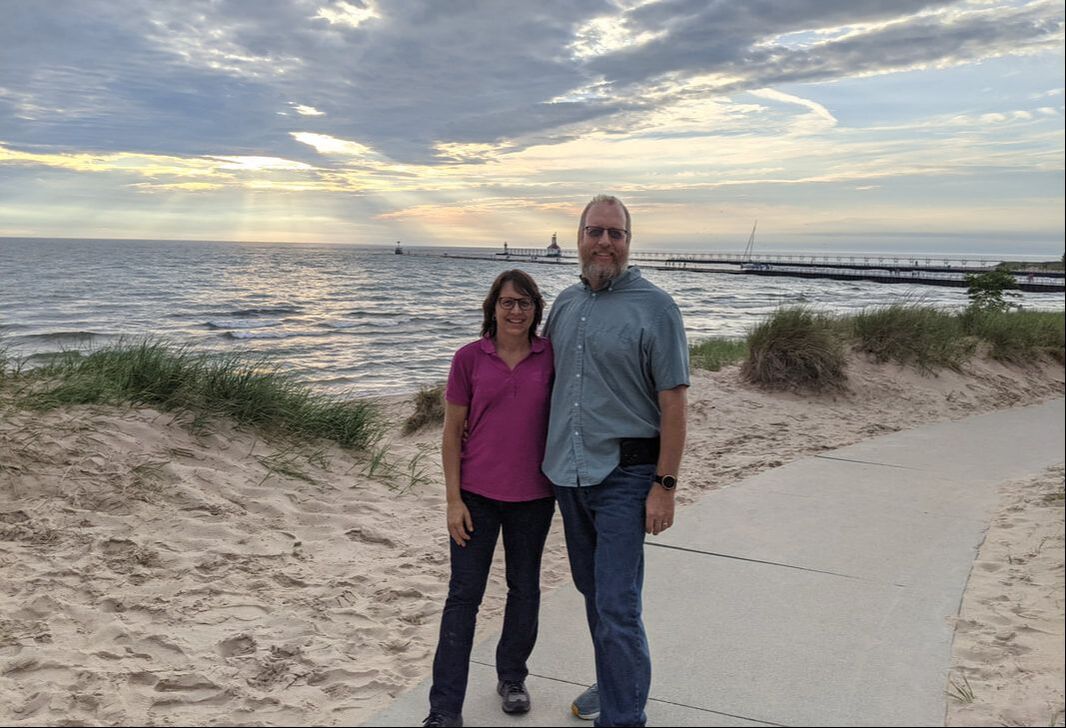
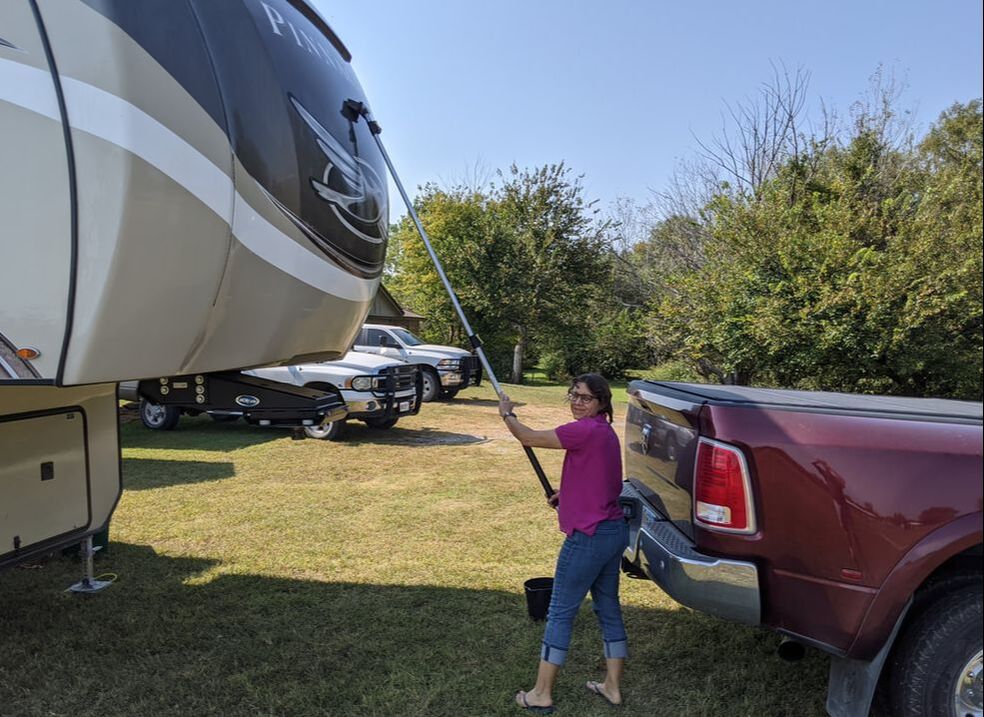
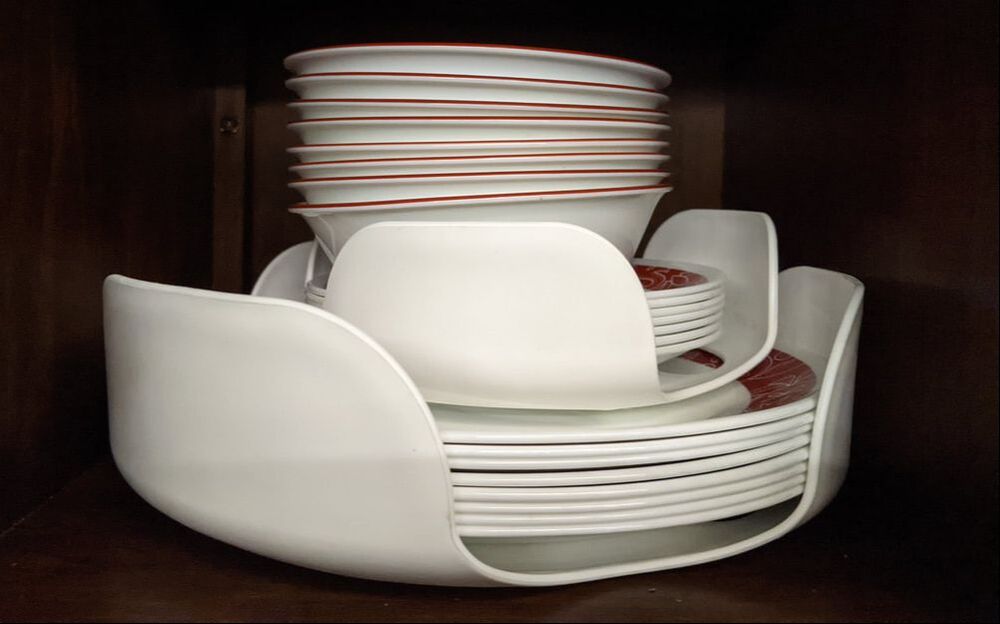
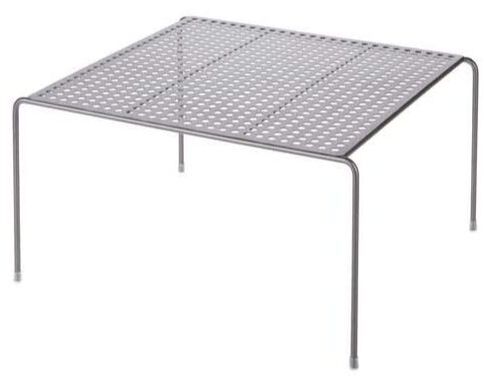
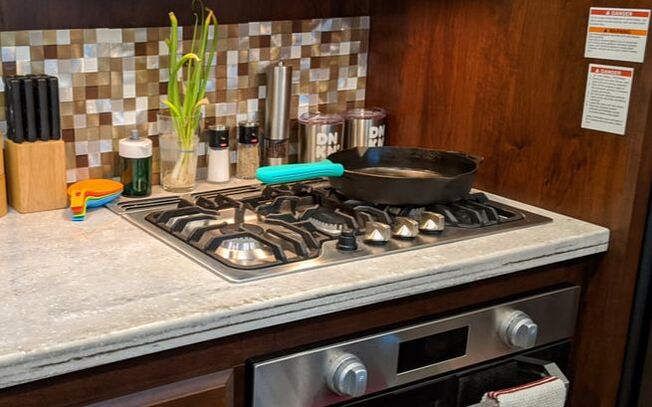
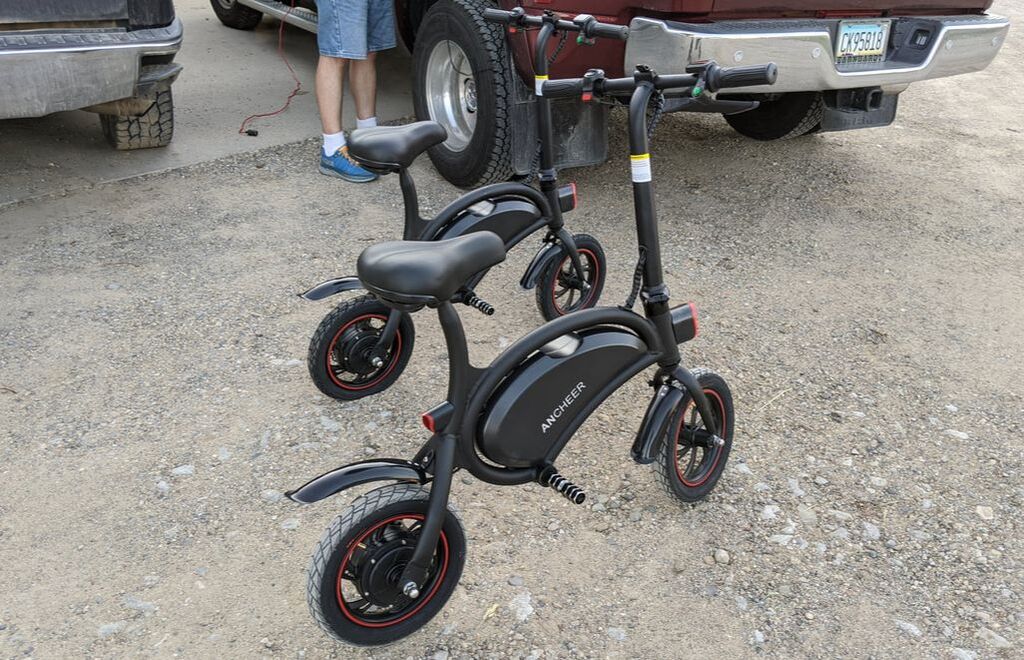
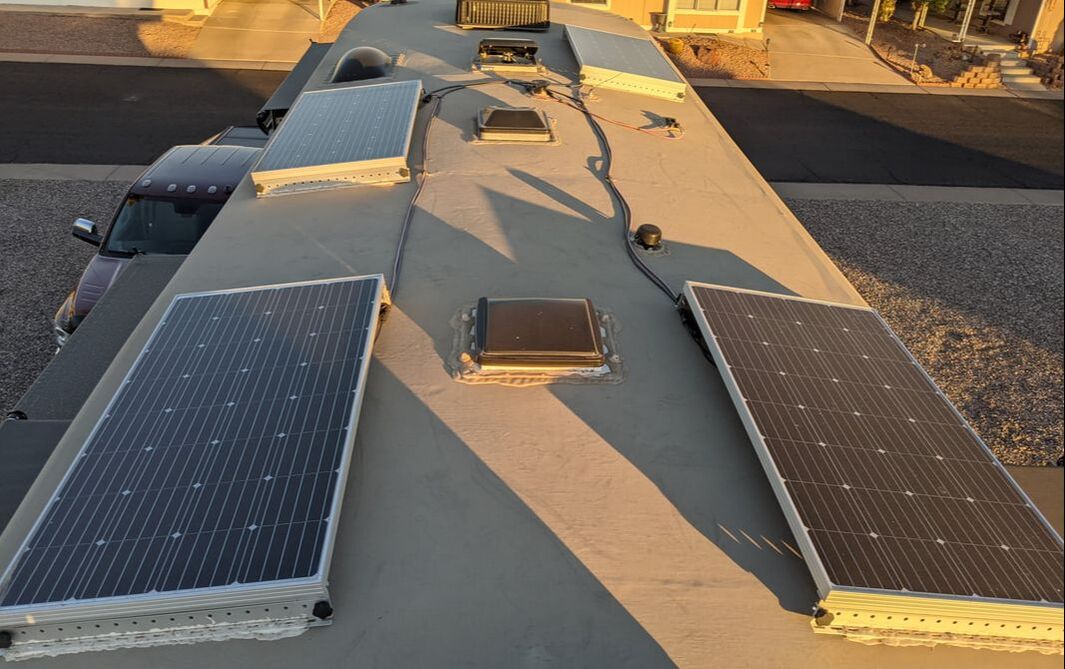
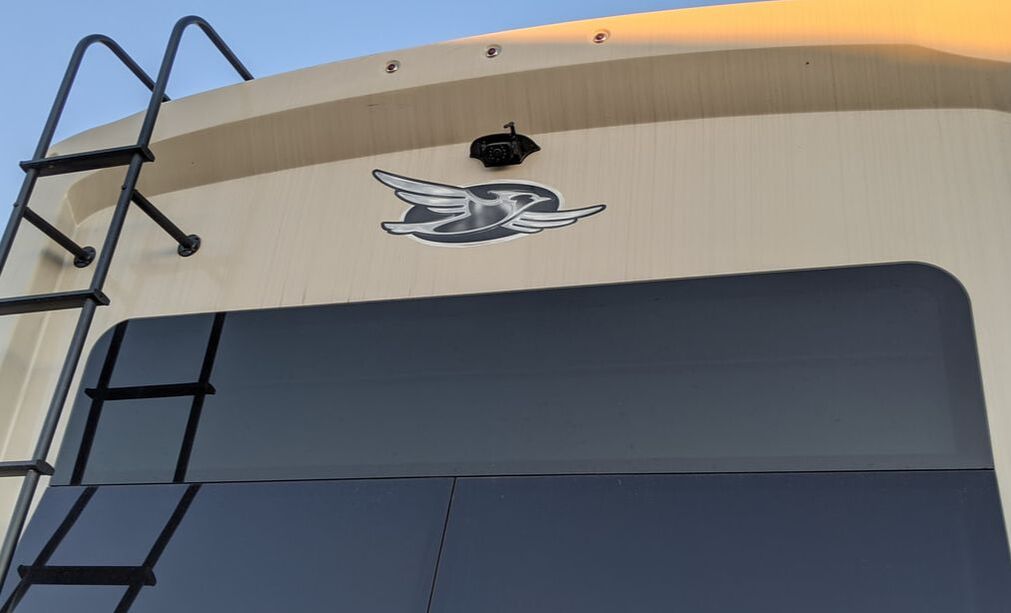
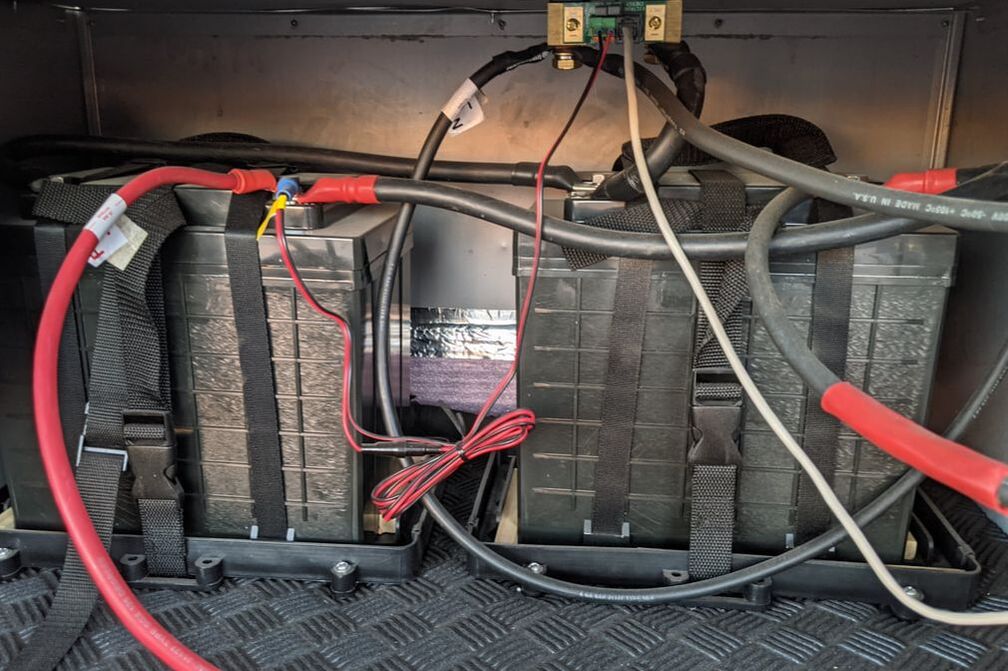
 RSS Feed
RSS Feed